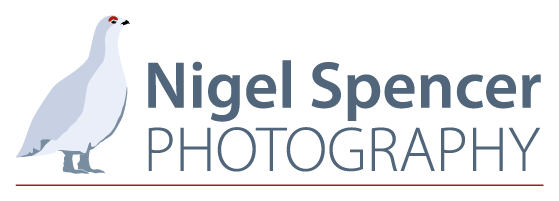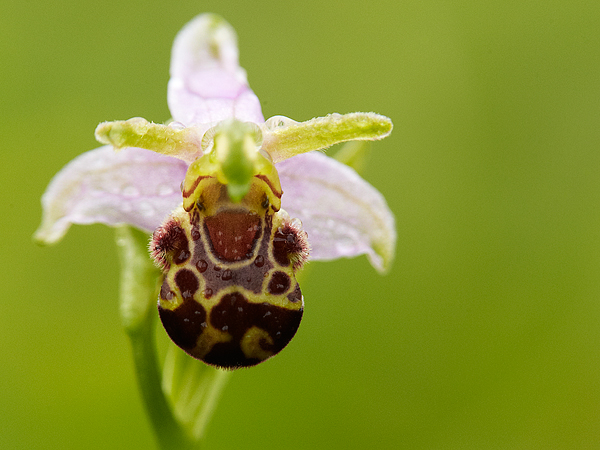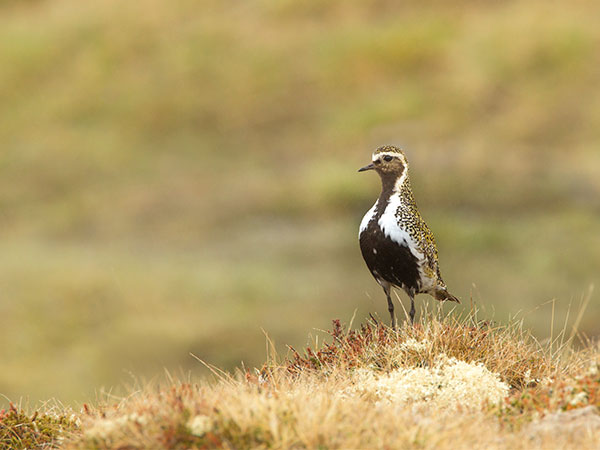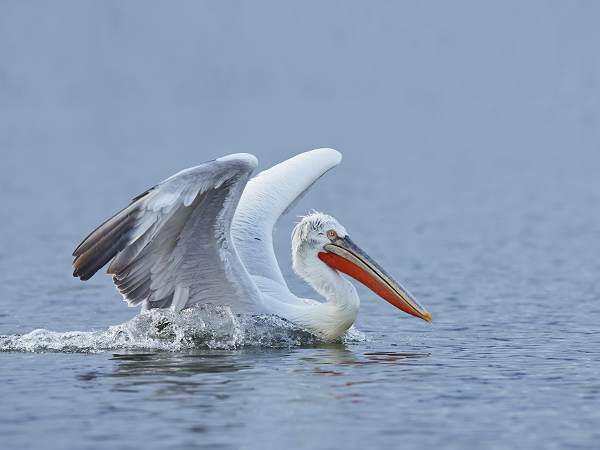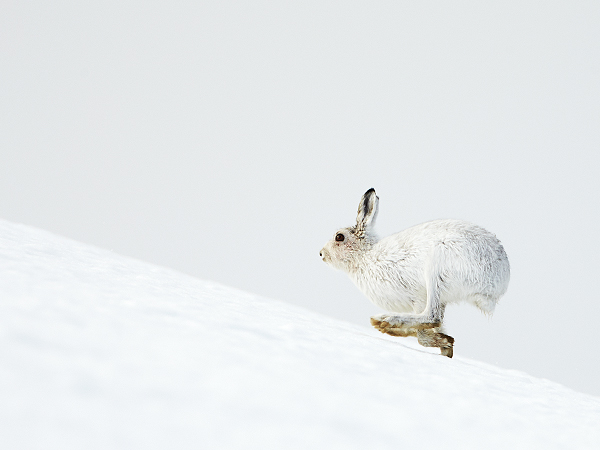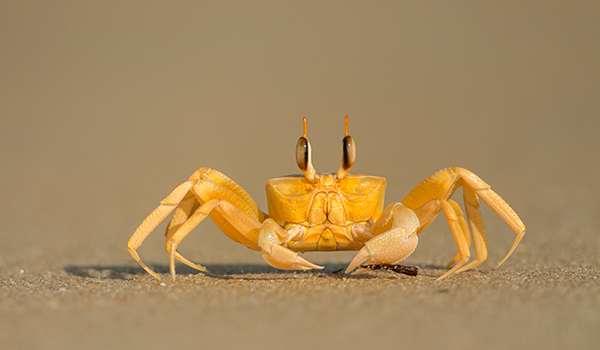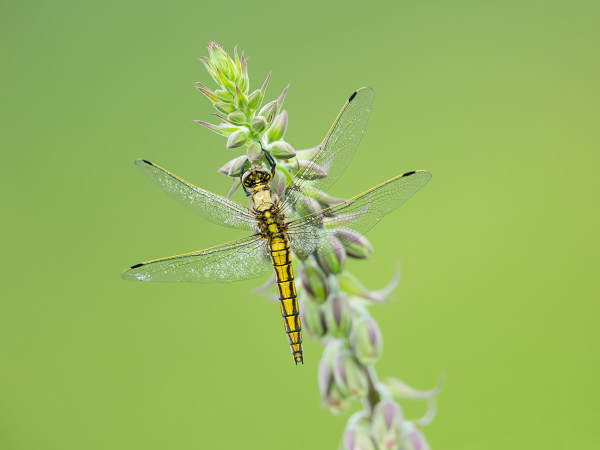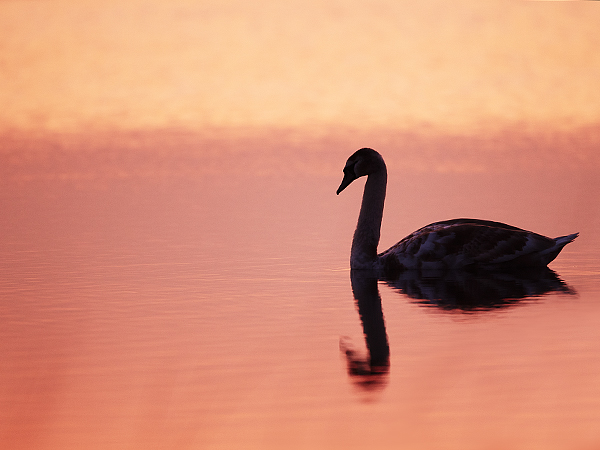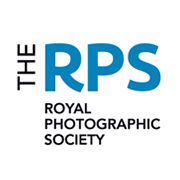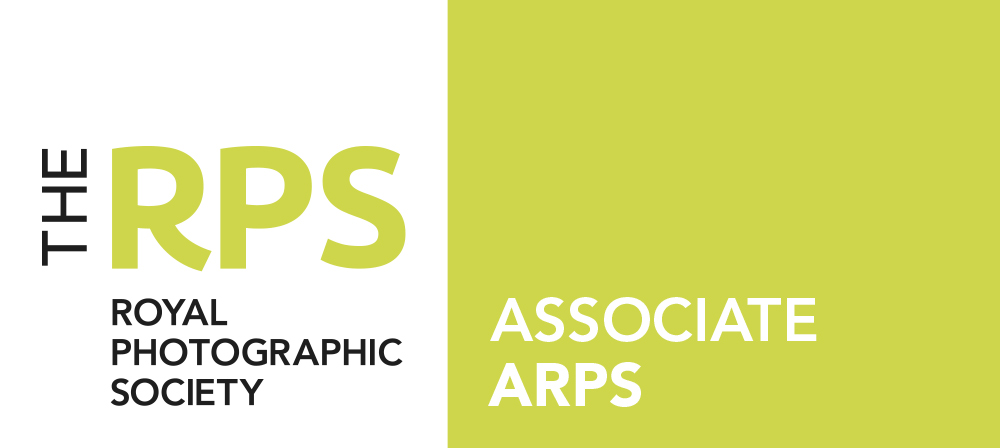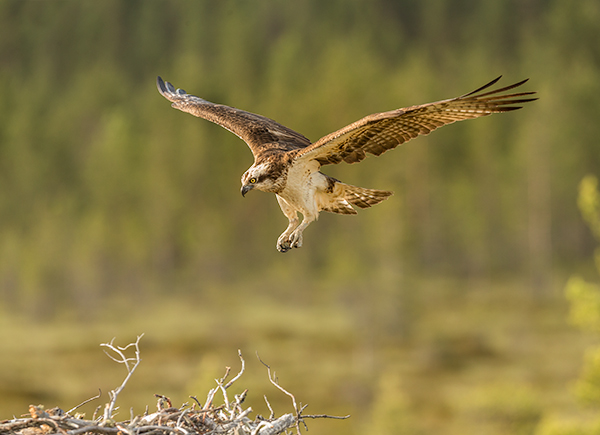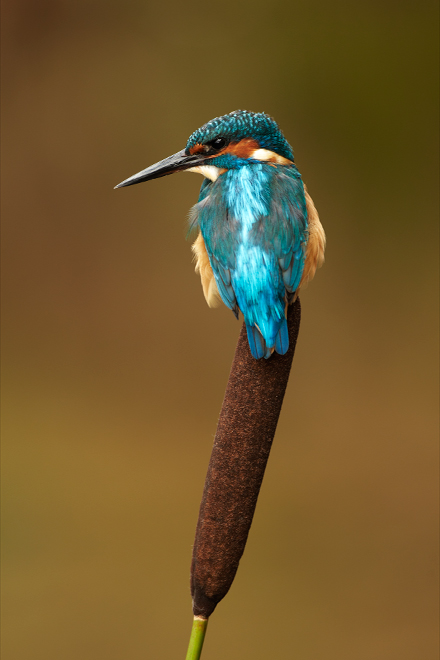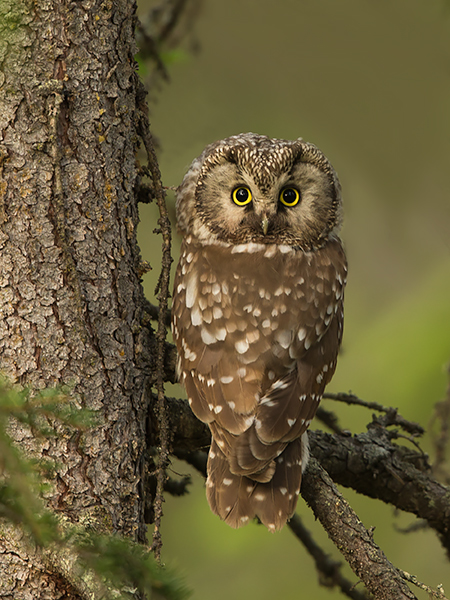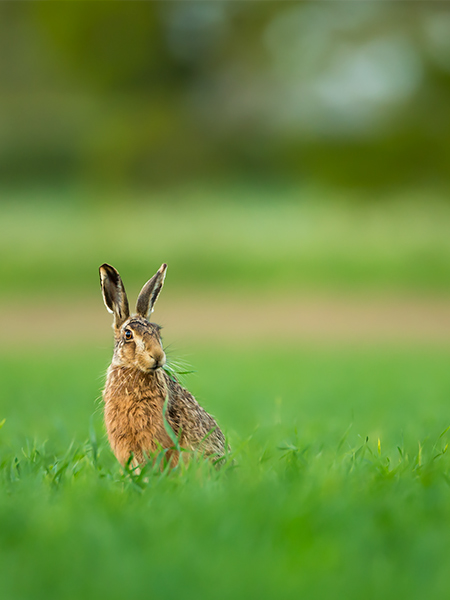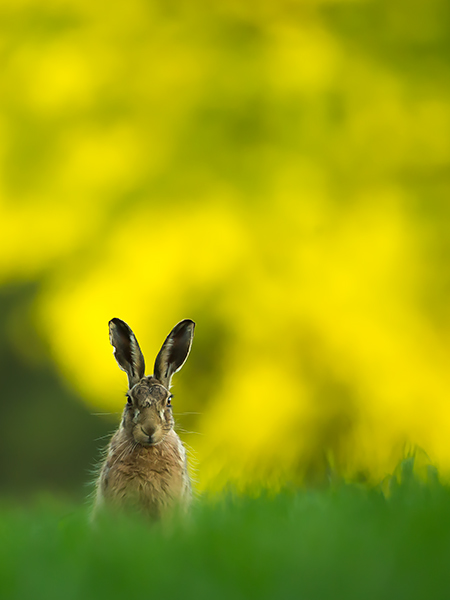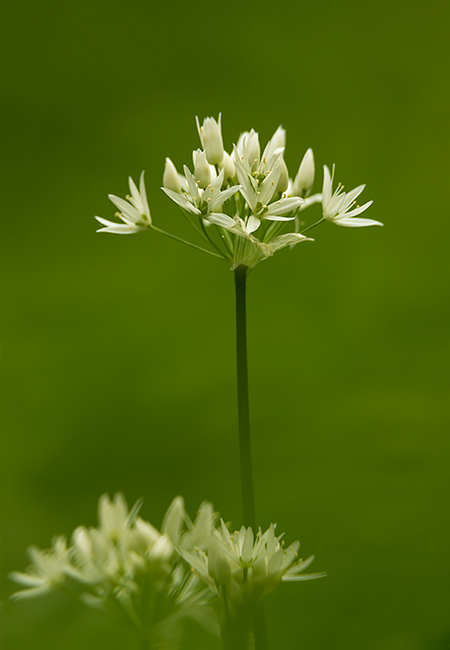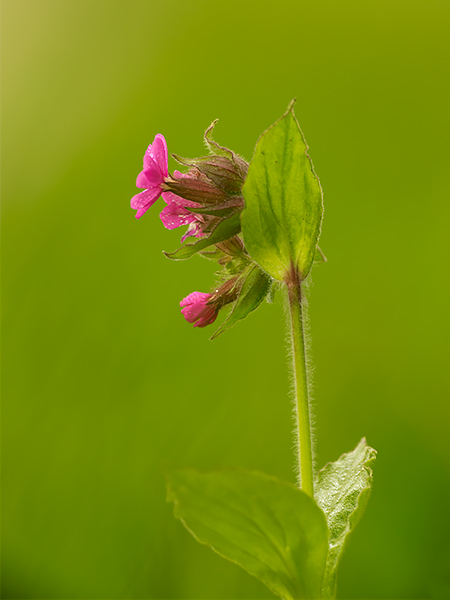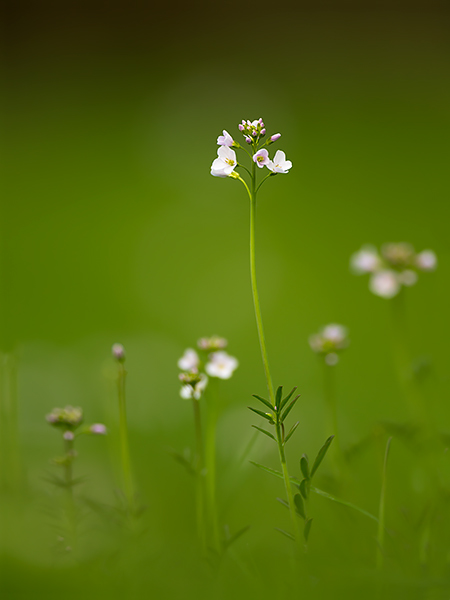| Nigel's Wildlife Photography Blog : 2014 | |||||||||||||
| 31st December | |||||||||||||
| And What Will 2015 Bring ? | |||||||||||||
|
Well that is the question with the as yet unknown answer, but as each year draws to an end, I update my blog with thoughts and plans already made for the year ahead. It is the only time that I try to report on the future as I limit my blog to past events and thoughts. |
|||||||||||||
|
I only have a few trips already planned, the first to see Common Cranes in a few weeks time. I have seen Cranes on several occasions in Norfolk and in several other countries. I went to Hungary a few years ago to photograph them and it didn't work as planned. so I am having another go soon. Obviously hoping for more luck and also hope to update this page with some Crane images early in 2015. My next big trip in 2015, is to Scotland in the late spring to target some of our shy mountain and moorland species, both of which are amongst my favorite birds and having spent many years hill walking and Rock climbing this my favorite terrain. With Luck a few owls, waders, Corncrake, Dottrel, Ptarmigan and Grouse will be added as well as some macro subjects. It will be a multi venue trip vsiting some sites which i am looking forward to returning to such as Speyside as well as some new venues which i am equally looking forward to visiting. IIt will surprise no one to learn that my Macro photography will yet again feature on my 2015 programe. During the past year I have concentrated a lot on wild flowers and fungi and have really enjoyed these species which is very wide ranging and has a lot to offer almost all year round. In 2015, I want to spend quite a bit of time doing more photography with these two subjects, they both offer huge potential with a very long list of species, geographic locations, and time of the year. Indeed, whilst researching sites and species over the past few months, it has become apparent that whilst fungi is more common and abundant in the autumn months it actually grows most of the year. From late winter through to the summer months there are many uncommon fungi species to find and to photograph, so I am definitely hoping for more of these as the year progresses. |
|||||||||||||
|
|||||||||||||
|
One part of my photography that I really enjoy is showing my images to photographic societies and other wildlife groups. During 2014, I visited and presented shows in Shropshire as well as numerous visits to Northamptonshire and Leicestershire. if any of the readers of my blog would like a talk for your organisation, then please get in touch. |
|||||||||||||
|
|
|||||||||||||
| And A Final Look Back At 2014 - It Was A Good Year For My Photography | |||||||||||||
|
2014 started with a visit to two Eastern European countries to photograph Pelicans and Nutcrackers, it was certainly a lot colder and more snowy than I had expected, but they are two very different but interesting species. Nutcrakers are quite shy, but with patience they can be photographed, but Dalmation Pelicans are accommodating and are now one of the species that can easily be photographed in a long weekend. My next overseas trip was a visit to Finland for two weeks in June where I managed to photograph many species in the almost 24 hour daylight that is available each midsummer. We were spoilt for choice, and saw lots of owls, flowers, bears, and came back with many many gigabytes of images to process. The midges were not good, but it is certainly a place I reccomend. Finland is a favourite destination which I have visited about 8 times mostly in late winter around March, but the late spring / early summer period has a very differrent feel and many other photographic targets. It will remain high on my list of places to return to again. The other overseas visit was In November when Sue and I went to Kerrala which is in the South West of India. It was my third visit to India which is undoubtedly a great place to visit and travel. This visit was part of organized tour followed by a few days at a great beach resort. We saw an impressive list of birds and mammals, and managed some images along the way. Again some good water birds, owls and a few mammals. Very few Elephants during this visit (no Tigers) and two different species of Mongoose. |
|||||||||||||
|
Back in Britain, I travelled as often as time and money would allow, I am not going to summarise everywhere that was visited as that would just repeat the main blog entries from the past twelve months. But a few highlights would definitely include a week that Sue and I had in Speyside in February mountain walking in some very snowy conditions and taking photographs of Ptarmigan and Mountain Hare. A visit to Southern England for five days saw several species of butterflies and flowers photographed in June, and then again in late August where we saw large numbers of the migrant Clouded Yellow butterfly during a very windy week. A long weekend in the Lakes looking for some more butterflies to photograph and then on to Scotland to photograph some Pine Martens was the main visit north this year other than the earlier Speyside trip in 2014. Without a doubt Pine Martens are a great species to photograph, but the midges make life very uncomfortable.
I was lucky, it was a great year, and when I look back I have precessed several hundred images and am very pleased with most of the results. |
|||||||||||||
|
|||||||||||||
|
|
|||||||||||||
|
My Highlight of 2014 Without any doubt, my main photographic highlight of the past year was in September, when I visited the headquarters of the Royal Photographic Society where I had a panel of 15 images for assessment for their ARPS distinction. |
|||||||||||||
|
|||||||||||||
|
My panel of 15 prints was titled "The Northern Wilderness", it was a collection of images taken over several years, but it also had a few recent images from 2014. These included three images from my visit to Finland in June including European Brown Bear, Osprey, and Black Thoated Diver. It also included two British images photographed this year including a Pine Marten and a Brown Hare. Moving forward, an attempt at an FRPS panel is definately something I would like to aim for at a future date. But at this stage I do not yet have any thoughts as to when I will be ready to take this step and what the subject matter for a panel would be. But it's always good to have a few photographic targets to work towards, even if they will take a while to achieve. |
|||||||||||||
|
|||||||||||||
|
|
|||||||||||||
|
|
|||||||||||||
|
Another Highlight of 2014 was only a month ago It was the two Gold medals that I was awarded in the Smethwick Annual Photographic Exhibition. I am obviously looking forward to visiting the exhibition and the presentations in a few days time. I have not entered much in the way of external competitions for a few years, and a few months back, my friend Hazel Manning suggested that I enter the Midland Salon of photography exhibition. I decided to enter and had three of my four images were accepted. It would be fair to say that I will continue to enter a few more external exhibitions in 2015, and am now planning to hopefully work towards a FIAP distinction. |
|||||||||||||
|
|
|||||||||||||
| December 2014 | |||||||||||||
| As Another Year Draws To A Close | |||||||||||||
|
I would like to take this opportunity to wish everyone who visits Nigel Spencer Photography a Very Happy Christmas, I hope Santa brings you all some great presents. I also hope you all have a healthy and prosperous New Year and all the very best for 2015. A big THANK YOU to everyone for your ongoing support, I have continued to recieve some great feedback on my website, my talks, and to my images on facebook and it is all appreciated. I look forward to meeting many of you in the year ahead, Happy Photography to you all. Thank You. |
|||||||||||||
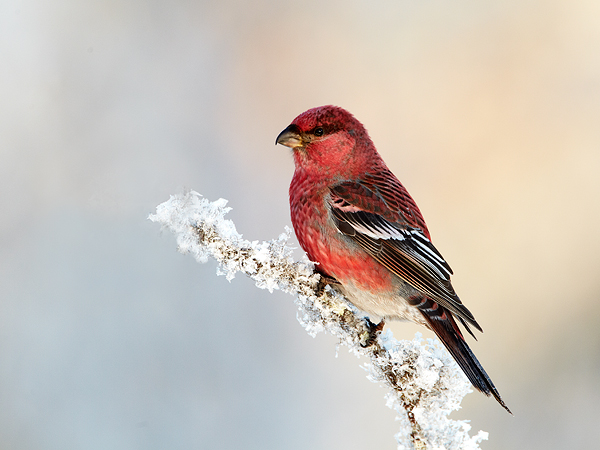 |
|||||||||||||
|
A couple of seasonal images for the festive period Above is a Pine Grosbeak (the males are red and the females have a yellow breast) the image was taken in Northern Finland a couple of years ago, whilst below is a Bulfinch image taken in Yorkshire also a couple of years ago. |
|||||||||||||
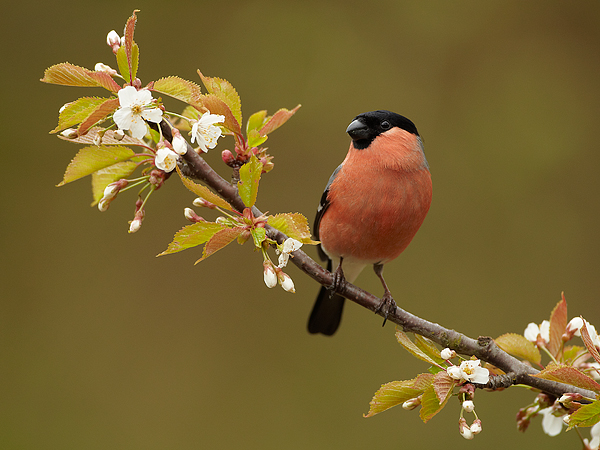 |
|||||||||||||
| In past years, at the end of December, I have wrote a few lines about some of my thoughts about the previous year and added a few plans that I have for the following year. I will therefore be updating this blog in a few days time. 2014 has definately been a great year of photograhy for me with a couple of highlights. I also have a few ideas bubbling around for 2015, so please revisit in the next few days. | |||||||||||||
|
|
|||||||||||||
| 28th November | |||||||||||||
| 40th Smethwick Exhibition Of Photography | |||||||||||||
|
|||||||||||||
|
This year was Smethwick's 40th exhibition, and a few weeks ago I sent of my in my entry which included a total of 16 images. These consisted of 4 Nature digital progection images, 4 Nature Prints, along with 4 Open digital and 4 Open Prints. After not getting any acceptances last year, you realise nothing should be taken for granted and I keenly awaited my results this year. When my results were emailed to me, I could not belive just how well I had done, and how much the exhibition selectors had liked my choices that I had entered. I had a total of 11 images accepted out of the 16 which in it self was a great result (particularly as I did not expect to do particularly well in the "open" section with some arty type images, which were only really entered as a bit of an experiment so see how they got on. I was however totally thrilled by the fact that I had won some medals in the Nature section. |
|||||||||||||
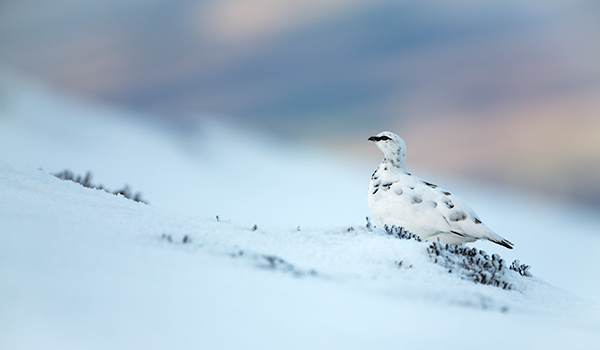 |
|||||||||||||
| A United Photographer International (UPI) Gold Medal was awarded to my digital image of a Ptarmigan which was taken in Scotland earlier this year. | |||||||||||||
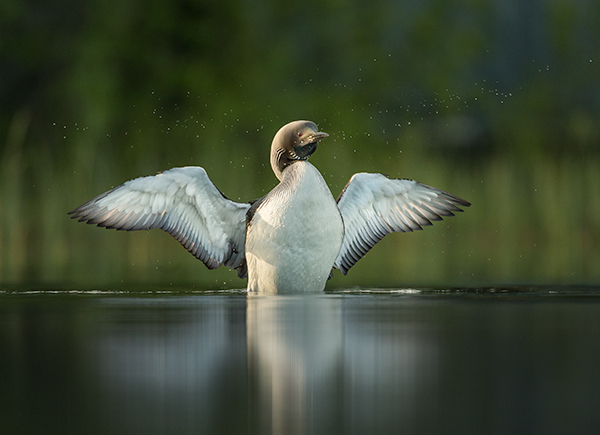 |
|||||||||||||
| A Royal Photographic Society (RPS) Silver Medal was awarded to my digital image of a Black Throated Diver which was taken in Finland earlier this year. | |||||||||||||
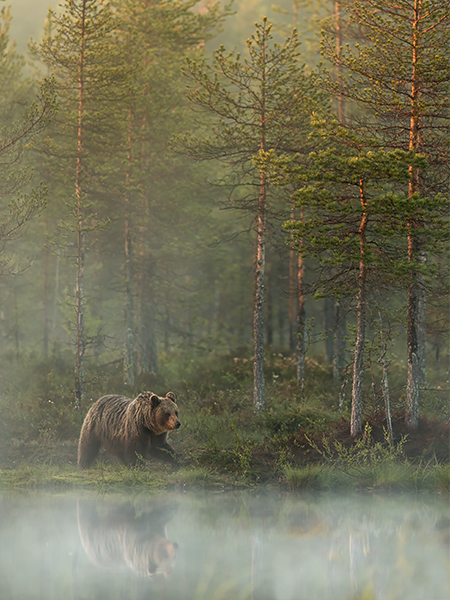 |
|||||||||||||
| A Photographic Society of America (PSA) Gold medal was awarded to my European Brown bear print which was also taken in Finland earlier this year. | |||||||||||||
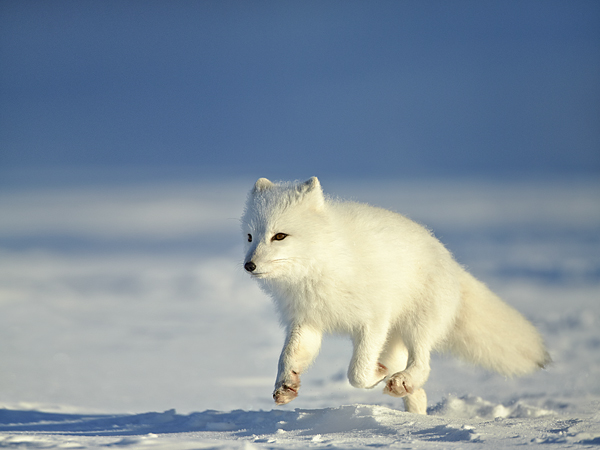 |
|||||||||||||
| A PSA Ribbon was awarded in the print section to my Arctic Fox image which was taken in November 2013. | |||||||||||||
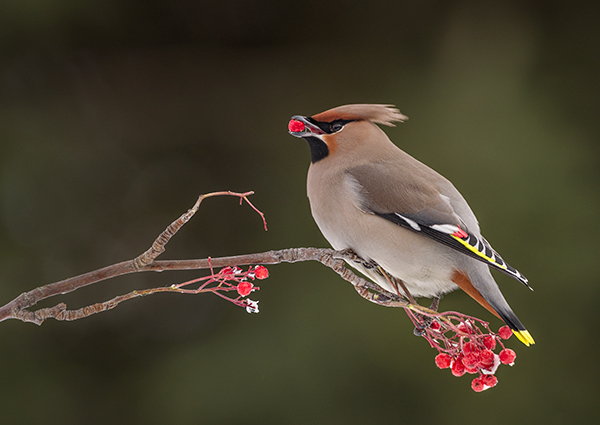 |
|||||||||||||
| The print of a Waxwing taken a few years ago in Finland was awarded a Highly Commended certificate. | |||||||||||||
|
Like everyone who enters external competitions, you hope that one day you will get some good luck and that hopefully you will win a gold medal at some point. But to win three medals including two gold in the same competition is almost unbelievable. I have booked some tickets for Sue, myself and a few family members to go to visit the exhibition in a few weeks time. It will be good to see all of the many images that have been entered and accepted into the 40th Smethwick exhibition, I am sure it will be a good afternoon out. |
|||||||||||||
|
|
|||||||||||||
| 2nd November | |||||||||||||
| The Lady In Red | |||||||||||||
|
Since writing my blog update a couple of days ago, I have been to a well known site in Southern England looking for more fungi to photograph. I went to a birch woodland which is well known for its fungi, the target was one of the easiest to recognise and identify of our British fungi, the Fly Agaric. Allthough the colours can varry between yellowy orange through to a very dark red depending on age, soil type, light, etc. there is no mistaking this fungi. I had been to this site a few weeks ago and there were no fungi to be seen, but on yesterdays visit there were huge numbers of this colourful fungi covering many patches of the forest floor. In a few weeks they had risen from the ground and already the large majority were past their best. But I managed to get a few images of this brightly coloured but poisionous species. |
|||||||||||||
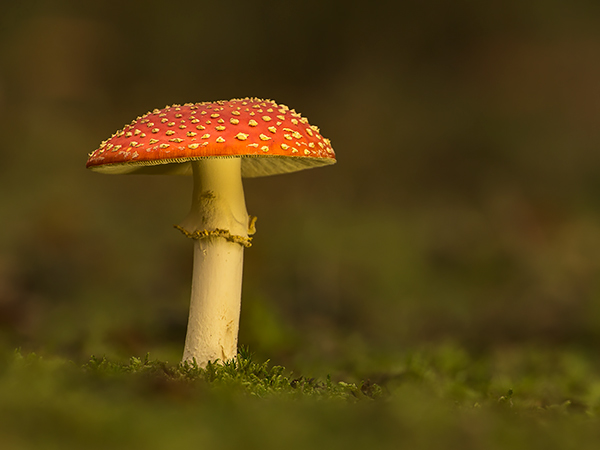 |
|||||||||||||
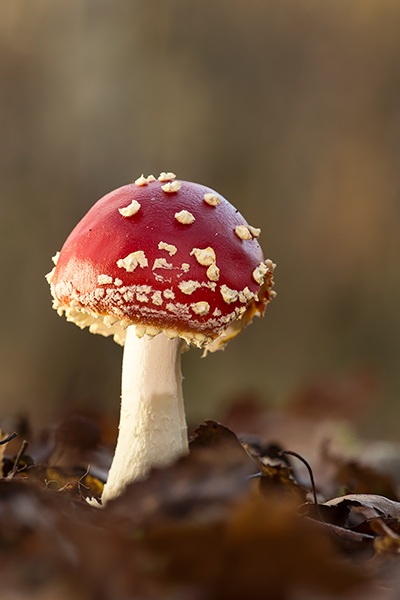 |
|||||||||||||
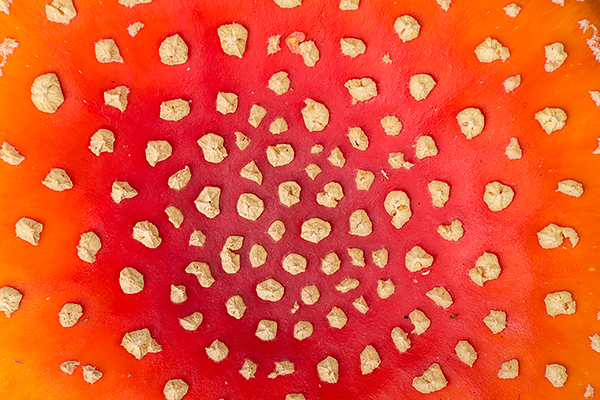 |
|||||||||||||
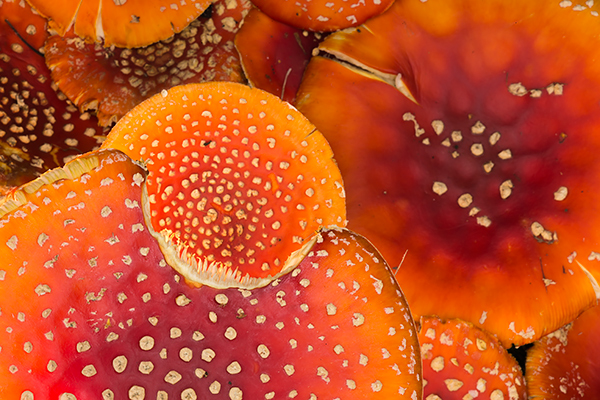 |
|||||||||||||
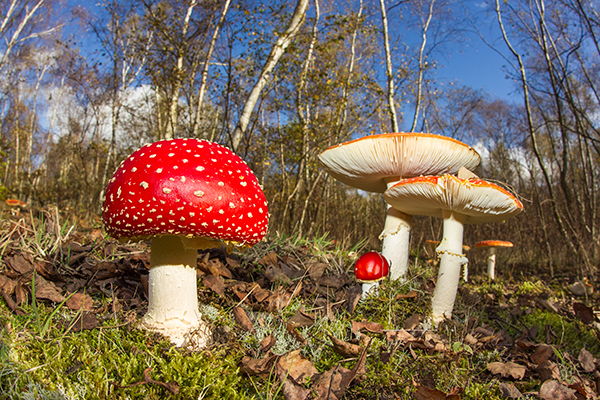 |
|||||||||||||
|
One thing that surprised me was the size of some of the fungi, Fly Agaric can normally be found anything from a couple of inches in diameter up to about 8 inches. I am not exaggerating to say that there were several thousand Fly Agarics and that a large number of these were over a foot in diameter. To give an indication of size, below is an image which I took looking straight down onto one of these Agarics which shows my Wellington boots and one of the Agarics. On my right boot is a 20p coin. Together this shows just how large these were. |
|||||||||||||
---59O4790.jpg) |
|||||||||||||
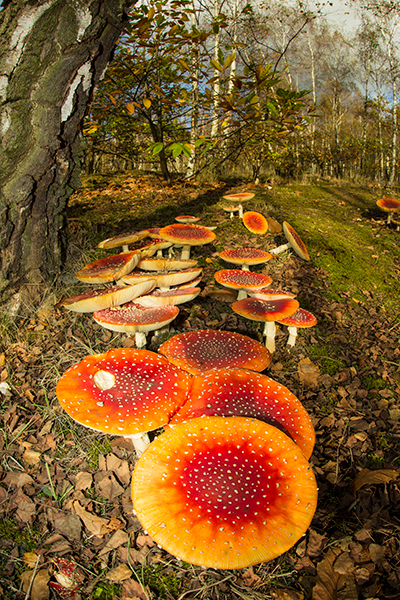 |
|||||||||||||
|
|
|||||||||||||
| End Of October | |||||||||||||
| The Fungi Season Is Finally Here | |||||||||||||
|
Another month goes by and it is again time to update my blog on my latest wildlife photography. Over the past month, I have been trying to plug a hole in my portfolio and add some more fungi images into my collection. No specific targets, as I am looking for both better quality and to photograph more species. I had planned to target fungi this autumn as part of my growing macro portfolio, but this year it was a very slow start due the fact that the past two months have been very dry which has led to me having spent quite a few days searching for Fungi with only a few species and few images being added. The last few weeks have changed and all of a sudden it has been wet and its gone from famine to feast. But its not a real feast, my fungi foraging has been solely for the photography and the ingredients for my next Mushroom Risotto will definitely come from the local supermarket. One of my main problems has been the identification of the species found. I thought it was hard enough trying to identify the various species of blue butterfly photographed over the years, but that is a doddle compared with fungi. |
|||||||||||||
---Z7W8103.jpg) |
|||||||||||||
| Above are a clump of Fairies Bonnets and below is a species that as far as I am aware only has a Latin name which I am told is Neobulgaria pura. | |||||||||||||
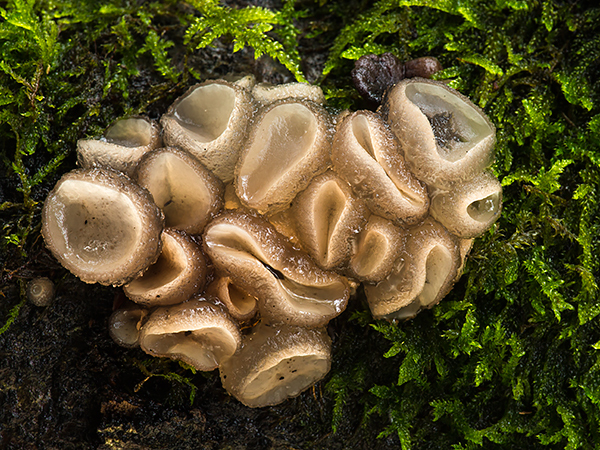 |
|||||||||||||
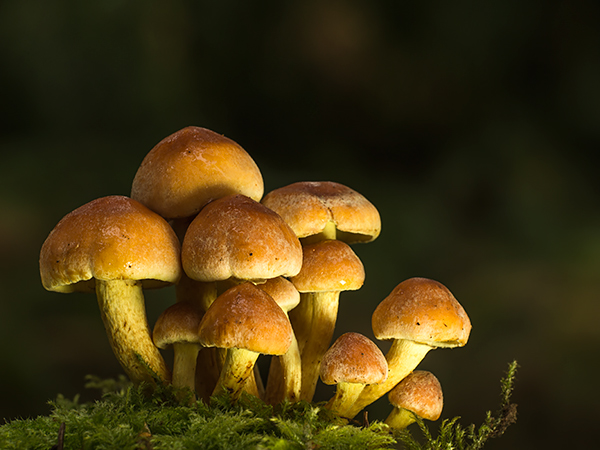 |
|||||||||||||
| Above is Sulphur Caps which are a common fungi which is fairly easy to find, whilst below is Horn of Plenty which is is according to my fungi book a delicate and delicious tasting mushroom. | |||||||||||||
---87P8158.jpg) |
|||||||||||||
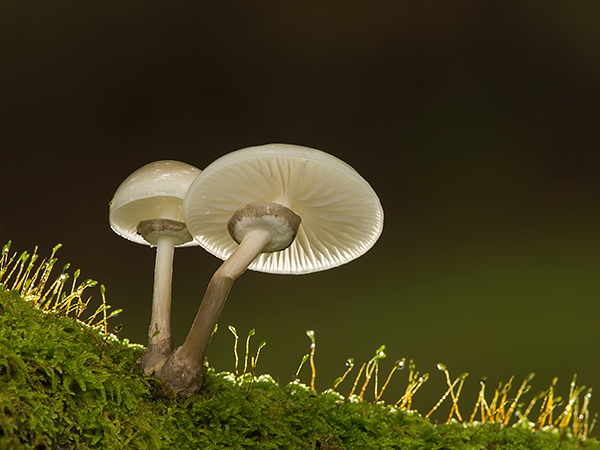 |
|||||||||||||
| One of the classic fungi species that every photographer wants to see and photograph is the Porcelain fungi. I have seen and photographed this lovely species several times before. Both above and below are two different images of this lovely white delicate species, above shows a pair on an old lichen and moss covered branch and below is a close up shot taken a few minutes later which shows the fine detail of the gills. | |||||||||||||
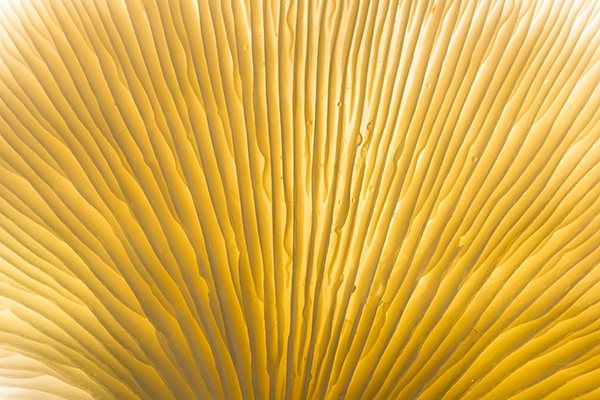 |
|||||||||||||
---66O2062.jpg) |
|||||||||||||
|
Many fungi only last a few days, but one exception to this is bracket fungi which can live for years on branches of both living and dead trees. They are often hard to photograph and look brown and relatively uninteresting, above is the underside of Blushing Bracket fungi.
|
|||||||||||||
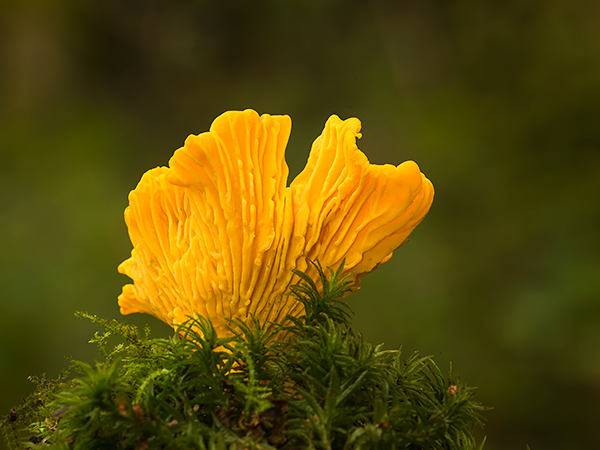 |
|||||||||||||
---C59O4262.jpg) |
|||||||||||||
|
Above is Black Witches Butter which is very similar to "King Alfreds Cakes" but can be told apart by its softer and more jelly like feel especially when the fungi is young. Both fungi are similar in size and grow from about 10 mm up to about 75 mm in diameter, "King Alfreds Cakes" are very hard and where used as fire lighters many years ago. Below is Amethyst Deceiver, a very small delicate species that looks brown from several angles. There are several "deceiver species" of which the Amethyst is the most well known. It is eatable, but like all of the fungi I photographed it was left where it was found. |
|||||||||||||
---Z7W8213.jpg) |
|||||||||||||
| There are many fungi that have a colour that varries are in the range, pink, lilac, rose through to purple, one of these species is the Rose Rusual below which was photographed in Kent. | |||||||||||||
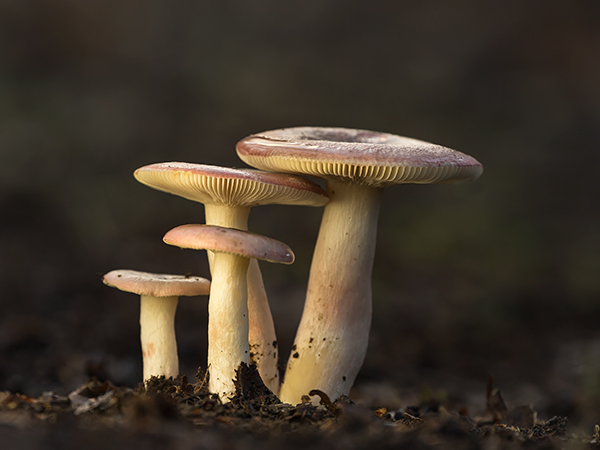 |
|||||||||||||
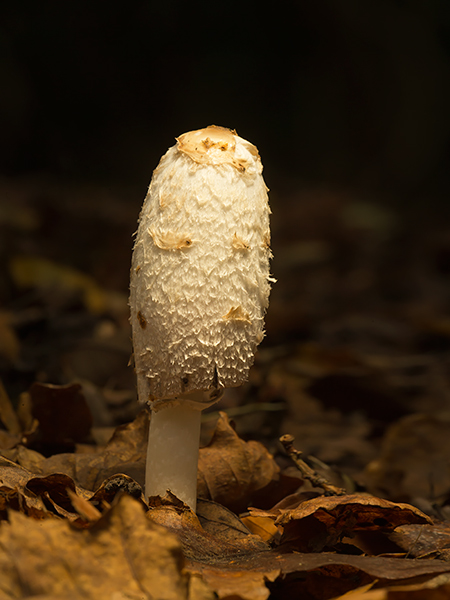 |
|||||||||||||
| Above is a Shaggy Inkcap which is another of the easier to recognise species and is relatively common. Below is the much harder to find is the Stinkhorn. | |||||||||||||
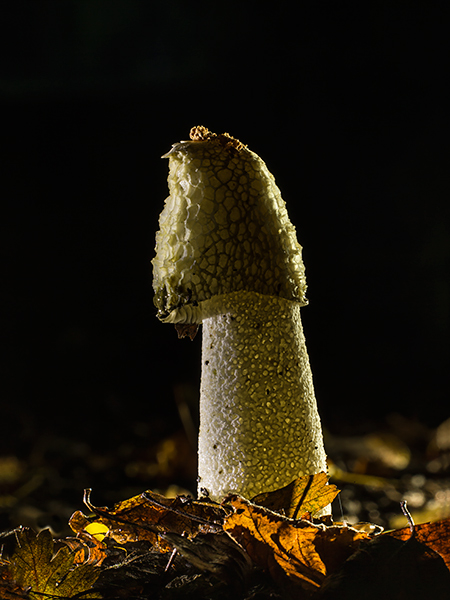 |
|||||||||||||
---66O8007.jpg) |
|||||||||||||
| Above is a Oyster fungi a soft delicate fungi that was quite large (the image was taken using a polarising filter to try and bring out more detail in the contrasting colours and textures. Below is a Jelly Ear which I think only grows on the wood from Elder trees. | |||||||||||||
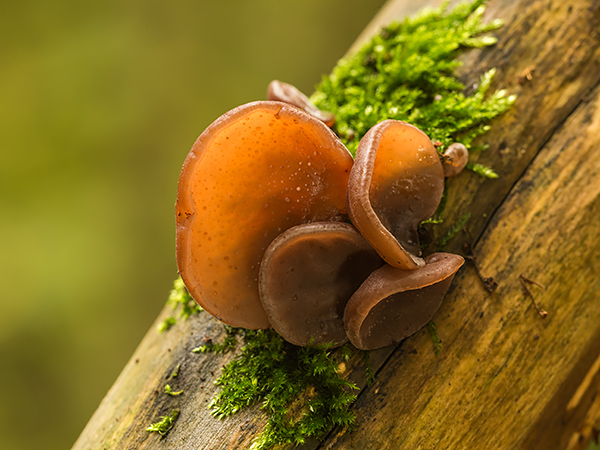 |
|||||||||||||
| I am really pleased with my images from the 2015 fungi season (and there is still a few more weeks to go). During the past month or so, I have visited several sites local to me in Leicestershire, Cambridgeshire and Northamptonshire along with two trips to well known fungi locations in the New Forest and West Sussex. I must have photographed around 40 different species including some common species which I have photographed before. | |||||||||||||
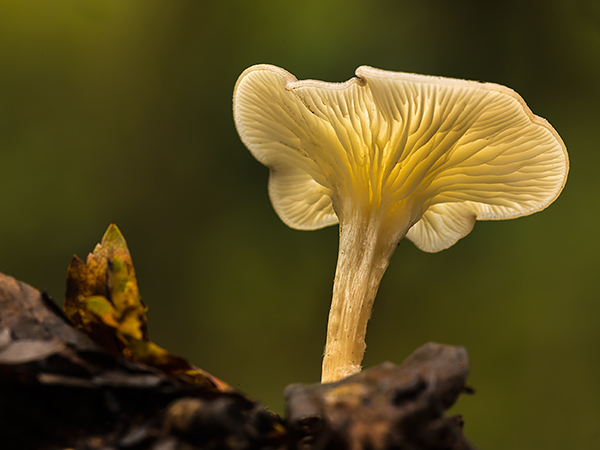 |
|||||||||||||
| Above is an Amanita species, but I am unsure about the exact identification, below is the same fungi taken less than a metre away but looking straight down at the head growing out of the leaf litter. | |||||||||||||
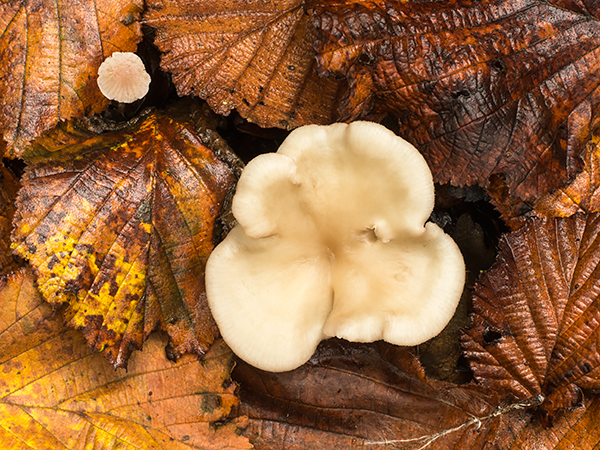 |
|||||||||||||
|
Hopefully more fungi images will be added over the next week or so, even if some of them end up as "species unknown" due to my lack of identification skills.... One family of fungi that is hard to identify is the tiny "Mycena", then can be very small and just a few millimetres in diameter, but some do grow bigger. Below is some Mycena fungi where the exact species is yet to be identified. Indeed I would not be surprised if I end up with with several images from this seasons fungi photography that remain unidentified. |
|||||||||||||
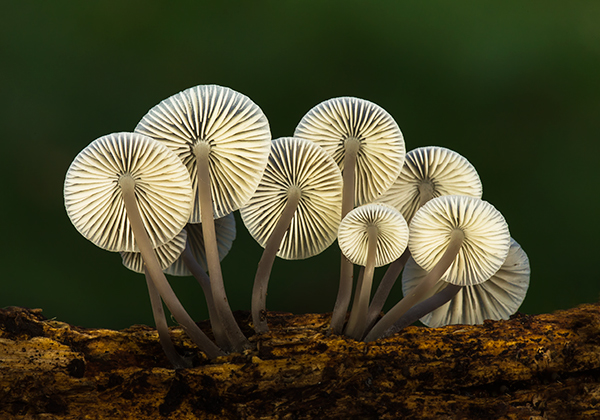 |
|||||||||||||
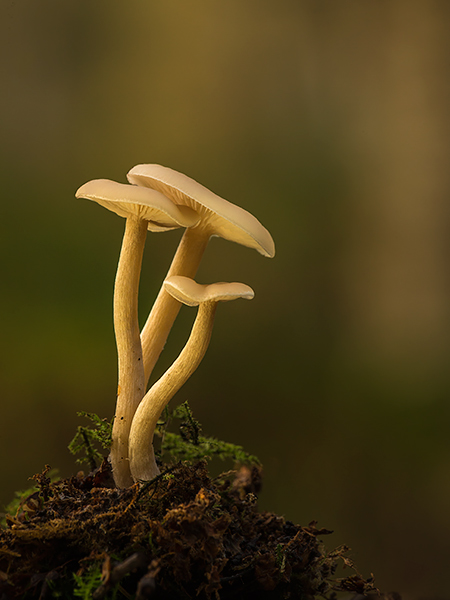 |
|||||||||||||
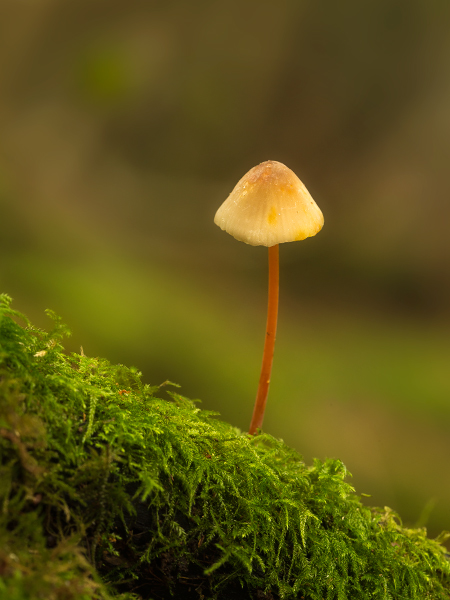 |
|||||||||||||
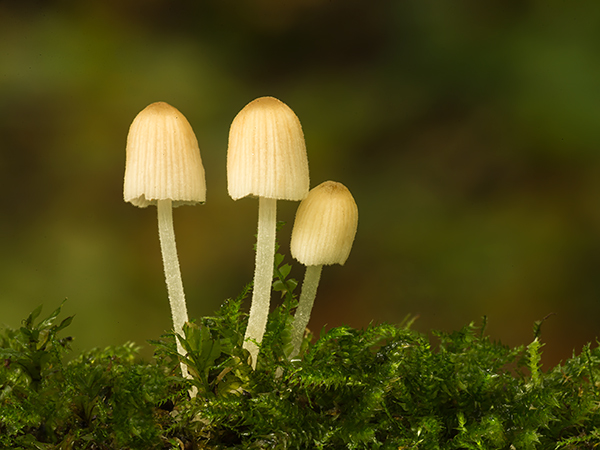 |
|||||||||||||
|
The autumn months are well recognised as the prime time for fungi, but it does grow all year with certain species favouring different months, differing habitats and differing woodland. As a result, I am going to continue my fungi foraging and hopefully over the next year quite a few more species will be added to my collection. My friend Ian Haskell, who is a good wildlife photographer is also keen on macro and we are looking forward to more butterflies, wild flowers and have some interesting plans for the next 12 months. It is too early to start to target specific species as there are still so many great species we both want to see and photograph. But fungi has certainly added a new and interesting dimension to my macro photography over recent months and I am very pleased with the past few months of fungi. In a few weeks time I start the first of my new illustrated lectures and many of these images will find there way into my new talk which already has several booking (some over 12 months in the future) but is appropriately titled "British Wildlife in Macro". |
|||||||||||||
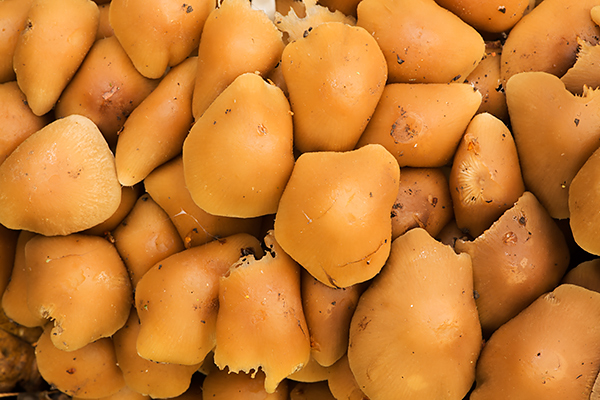 |
|||||||||||||
|
|
|||||||||||||
| 16th September 2014 | |||||||||||||
| Running Arctic Fox | |||||||||||||
|
Every now and then, I enter an external photographic exhibitions in the hope that eventually I will collect enough acceptances for a FIAP distinction. (It is also a good way of finding out which of my images may do well in other competitions). So far this year I have entered just two of these external salons including one a month or so ago where I picked up 3 acceptances out of 4 entered images. I have just got my results back from my second external entry of 2014 which was the "35th Northern Counties International Salon of Photography" where I entered four images and all four were accepted. |
|||||||||||||
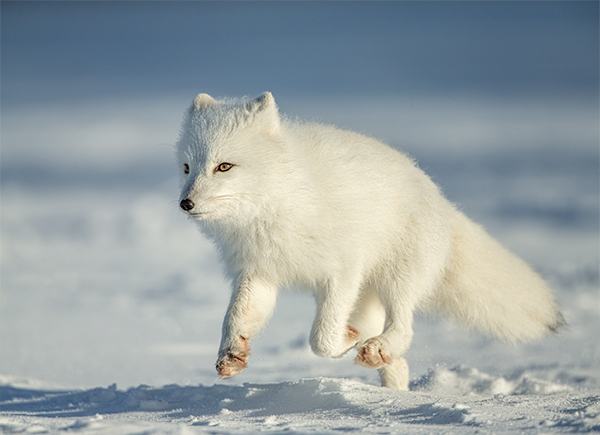 |
|||||||||||||
|
|
|||||||||||||
| 11th September 2014 | |||||||||||||
| Associateship Of The Royal Photographic Society (ARPS) | |||||||||||||
|
I have some exciting News, on 10th September, I presented a panel of 15 prints to the RPS in Bath which was successful and as a result I was recommended for acceptance of the prestigious ARPS. My panel was titled "Northern Wildness" and the hanging plan of the 15 prints in my panel is shown below. |
|||||||||||||
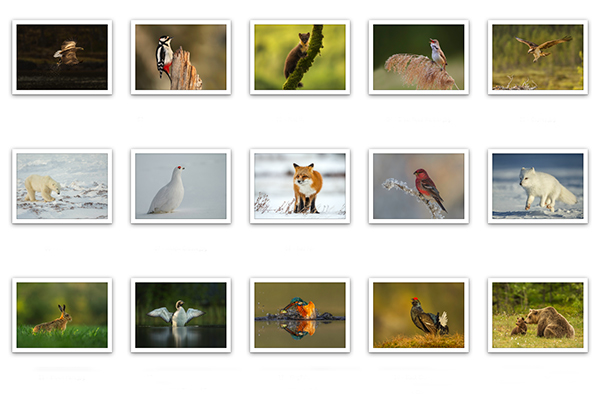 |
|||||||||||||
|
The assessment in Bath consisted of a number of panels being presented to the judging panel who sat in a formal line at the front of the room. Each panel was carefully placed for everyone to view and then the photographers "statement of intent" was read out. I was obviously very pleased to hear the chairman announce that my panel was being recommended for an ARPS. this was followed by lots of clapping, cheering, hugging and handshakes. I was also really pleased with some lovely feedback comments from the chairman of the judges and the judging panel including: "Very, Very nice panel" "Best panel seen for some time" "Good example of what a Natural History A should be - a lesson" |
|||||||||||||
|
The RPS Nature group chairman also asked to hold back my panel for use at future RPS events. My panel will be used as an example panel for Natural History advisory days. The RPS also said it will hopefully feature in their "Celebration of distinctions" exhibition". The preparation was hard work, getting the final 15 prints ready for the assessment. It was hard work on the day getting up at 4.45 for the early start and the drive down to the RPS in Bath. |
|||||||||||||
| The 15 individual images can be viewed on the ARPS page in the gallery pages | |||||||||||||
|
|
|||||||||||||
| Approaching the end of August - Approaching the end of this years butterfly season | |||||||||||||
| And You Can't Always Get What You Want | |||||||||||||
|
Each year I look to add more images to my collection of British butterflies, and therefore I try to target a few specific species each year. Sometimes these are via day visits to sites where certain species can be found and other times these are short breaks to a geographic area searching out the butterflies. This year I decided not to be too ambitious and to try four targets which would be: Obviously i don't just photograph target species and hope to see and photograph a few other species along the way such as Wall Brown. Earlier in the year I spent quite a bit of time photographing wild flowers and am pleased with the additions to my collection. I spent around ten days this year searching for my target butterfly species, I saw reasonably numbers of all of them, but failed to get any good images of any of them.
But I am always willing to photograph other species in my travels and as I don't have the four target species to add to the gallery, I thought I would add four others along with a "wings closed" Adonis Blue to my blog instead. |
|||||||||||||
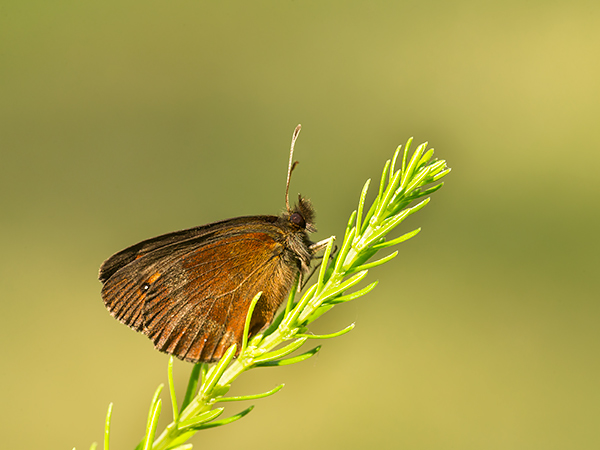 |
|||||||||||||
| Scotch Argus - whist in Cumbria searching for high Brown butterflies and in Ardurmurchan photographing Pine Martens, there were good numbers of Scotch Argus, but it was very windy at both sites which resulted in not as many images as I would have liked. | |||||||||||||
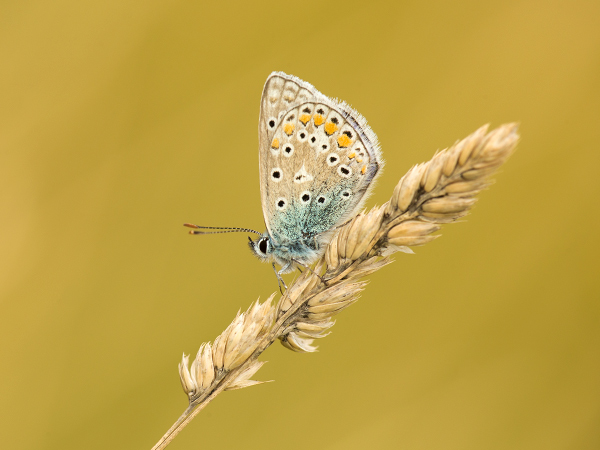 |
|||||||||||||
| Common Blue - an easy butterfly to see, but always good to photograph, this particular one was photographed in Dorset. | |||||||||||||
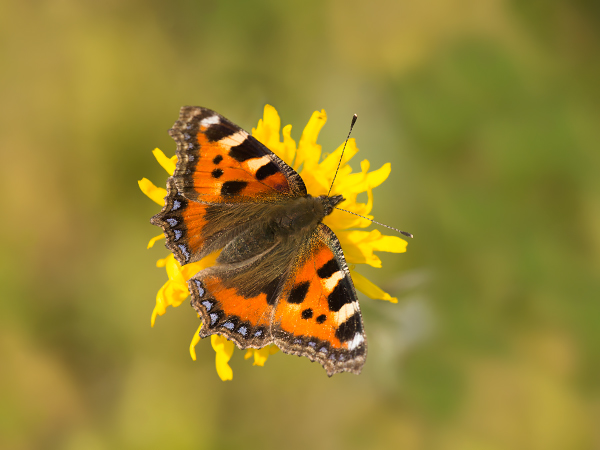 |
|||||||||||||
| Small Tortoiseshell - another common butterfly but it is also a welcome species to photograph and add to the image collection. | |||||||||||||
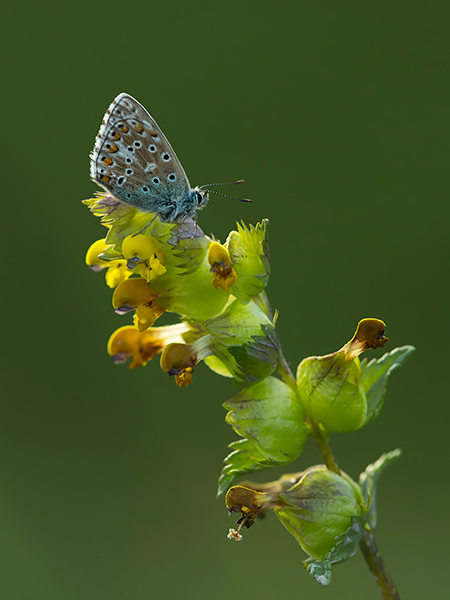 |
|||||||||||||
| Adonis Blue - I saw a few of these during both of my visits to Dorset (June and August) and whilst I managed a few side view shots of them including this one of Yellow rattle, the wings open bright blue image will have to wait another year. | |||||||||||||
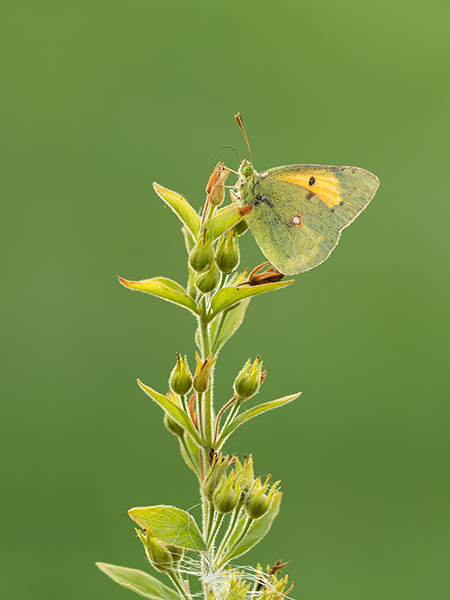 |
|||||||||||||
|
Clouded Yellow - One of two migrant species regularly seen in Britain each summer (the other being Painted Lady). Although I have seen Clouded Yellow a few times in Europe, I have only once seen and photographed them before in Britain which was with my friend Roger Wasley in Gloucestershire many years ago. Sue and I spent a few days in Dorset recently and all of the Lulworth Skippers we saw were old and tatty. But we saw at least six Clouded Yellow butterflies at Arne and then the following day about four more in the Ballard Down area. So obviously pleased to add a few of these to my collection and I will add a "Clouded Yellow" page to my butterfly gallery very soon. |
|||||||||||||
|
That is probably the end of my butterfly photography for another year, and the target species will remain for another year. In the meantime there are a couple of hundred butterfly images of all 58 British species can all be seen in my British Butterfly gallery which I hope to update with another dozen or so images over the next week or so. |
|||||||||||||
|
|
|||||||||||||
| 10th August | |||||||||||||
| Processing Images | |||||||||||||
|
I enjoy processing my images, and I certainly don't find it a chore. Over the past few weeks have been processing several images for a specific project coming up in mid September which has resulted in a few being printed and mounted. (but I hope to add more info on that particular project here on my blog in mid September). I have also started to get stuck into the task of processing a few of the many thousands of images that I took about six weeks ago in Finland. When I returned from Finland, I only processed about a dozen images that were used to post on Facebook and were added to this blog before I headed North to the Pine Martens. So over the past week, I have spent many evenings processing many different subjects. I am particularly pleased with two atmospheric images that I took from a small hide on the border between Finland and Russia. My friend Danny and myself were sitting in the hide hide eating whatever snacks we could find, sleeping, and chatting about various things, only a hour or so previously it had stopped raining. It was around 10:30 pm and the light was still very good for photography, all we just needed a visit by a bear. |
|||||||||||||
 |
|||||||||||||
| The same bear was photographed a further 20 feet or so along the bank, but this time, I have chosen a "letterbox" format. | |||||||||||||
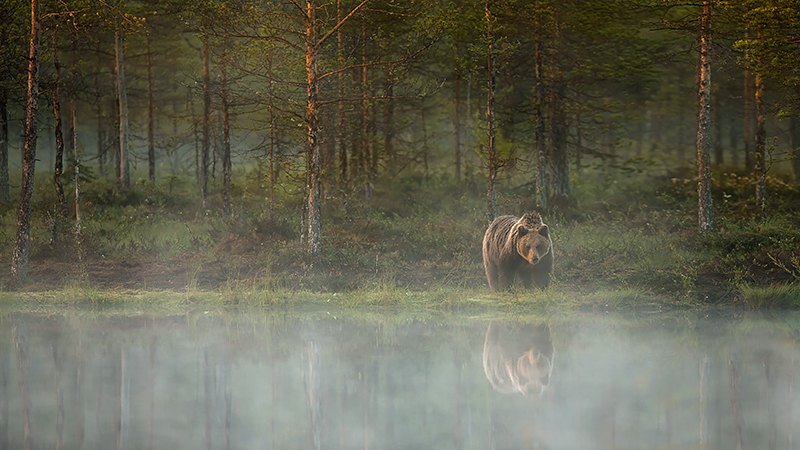 |
|||||||||||||
|
|
|||||||||||||
| 31st July | |||||||||||||
| Another Week At Pine Marten Central | |||||||||||||
|
Most wildlife photographers enjoy taking images of mammals and indeed I am no exception. There are many reasons behind this, they can be hard to photograph, many are shy, quite a challenge, and many mammals often have the "cute factor" more than birds, butterflies and other wildlife. One mammal species that certainly has a big cute factor is the Pine Marten. One year ago, back In July 2013, I spent a week photographing Pine Martens in Western Scotland with Danny Green in the remote and sparely populated Ardurmurchan area. During the week we specifically targeted Pine Martens, it was a good weeks photography, and we had some good success. Another year has passed, and Danny is now running photography workshops specifically targeting this shy Scottish species. Danny asked me to run five days of Pine Marten photography for him as part of his workshop programme. During these five days, the participants and myself had regular visits to our cottage from several Pine Martens including a mother and three young kits as well as visits from individual Martens and individual kits venturing out into the world on their own. |
|||||||||||||
|
|
|||||||||||||
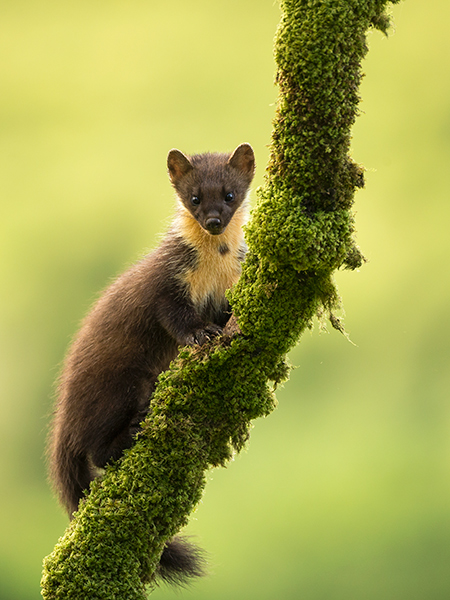 |
|||||||||||||
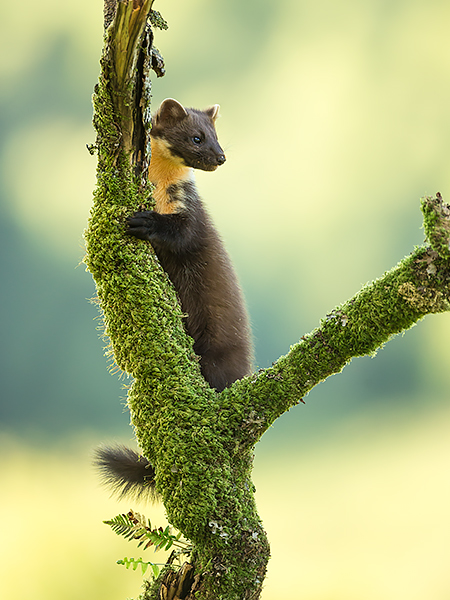 |
|||||||||||||
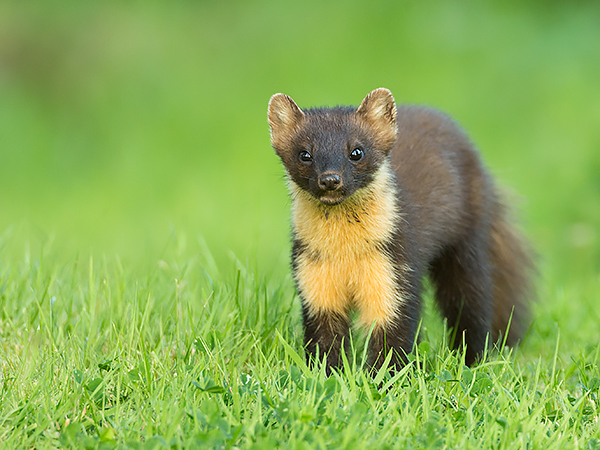 |
|||||||||||||
|
Pine Martens are generally a very hard species to photograph, they are a very shy species and photographing them requires a great deal of patience as well as an element of luck. But however at this particular site in Ardurmurchan, the Pine Martens are quite a bit more used to people, and given a bit of patience, sitting very quietly and also an element of luck it is possible to get some great images of these lovely animals in their natural forest setting. |
|||||||||||||
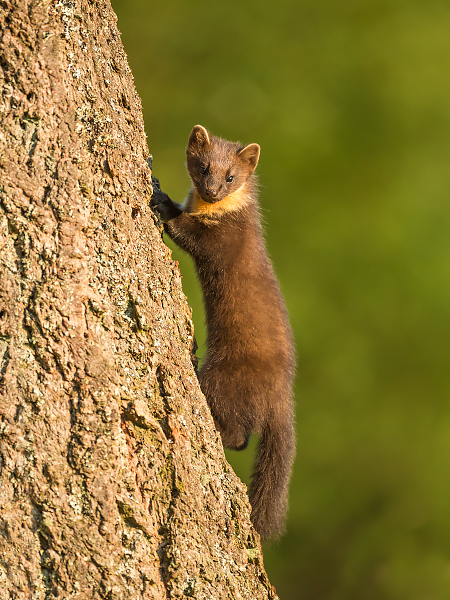 |
|||||||||||||
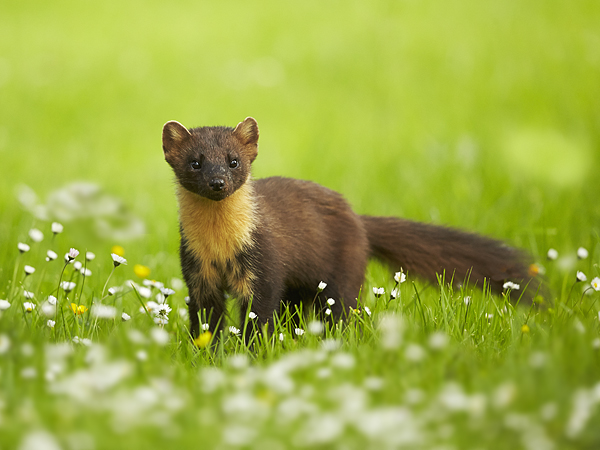 |
|||||||||||||
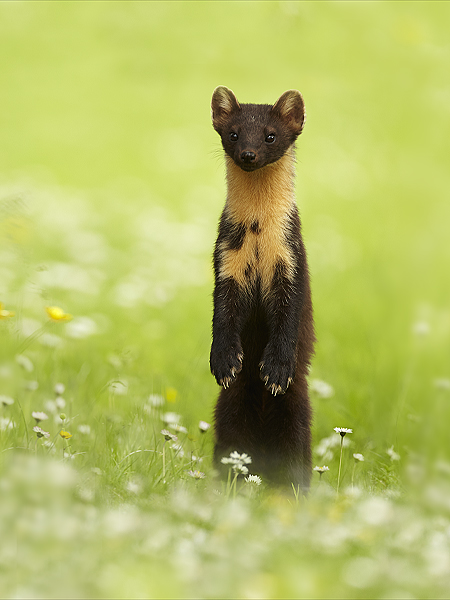 |
|||||||||||||
|
More of my Pine Marten images from both this year and from 2013 can be found on my gallery page: |
|||||||||||||
|
|
|||||||||||||
| Mid June | |||||||||||||
| A Return To An "Old Favourite" - Two Weeks In Finland | |||||||||||||
|
It would be very fair to say that i like travel and always enjoy visiting new venues, but it would also be fair to say that there are several locations that I have been to only once and I am really keen to visit them again. These include places like the Falklands, Borneo, Fair Isle, Saltee, etc. But there are also several venues that are beginning to become "old favourites" and Finland is certainly very much one of my favourite wildlife destinations. This years visit was later than previous years as we decided to target European Brown Bears, Ospreys, Owls, Orchids, etc. |
|||||||||||||
| The first five days of our visit we were targeting European Brown Bears at Martinselkonen which is one of the best places in Europe to photograph one of the biggest predator in Europe. We were pleased to see plenty of bears in some great settings including some very young cubs which were only about 4 months old. | |||||||||||||
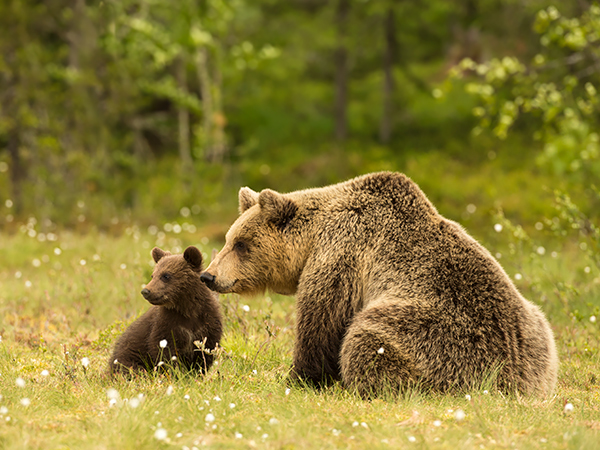 |
|||||||||||||
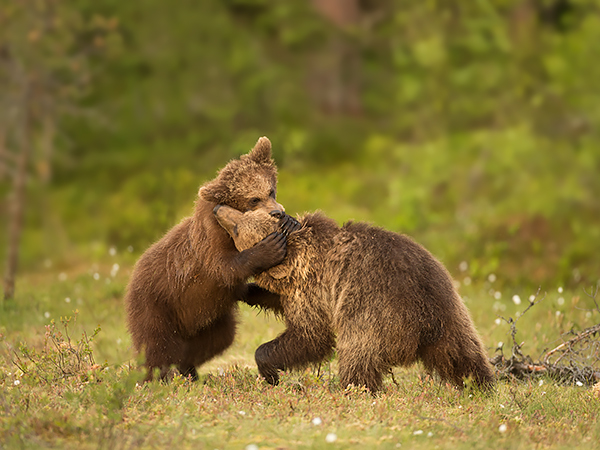 |
|||||||||||||
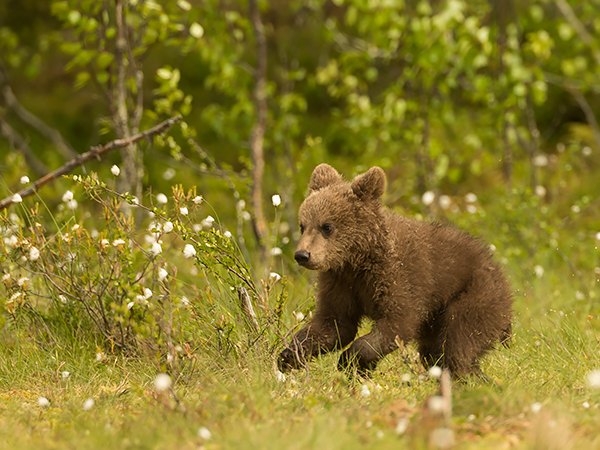 |
|||||||||||||
| At the end of our European Brown Bear photography, I stayed on in Finland with two Friends Danny Green and Kevin Bedford so that the three of us could target a few harder to photograph more elusive species including Orchids, Osprey, Black Throated Divers, and European Owls. | |||||||||||||
|
As regular readers to my blog know, I am trying to build up a collection of Orchid images. One species which is hard to photograph in England is the Lady Slipper orchid, it is protected species due to the fact it almost became extinct and even with selective reintroduction it is still very rare. As a result during my second week with Danny and Kevin we spent a day in the Oulanka National Park looking for Lady Slipper Orchids. It was the end of their flowering period, but we managed to find a few in reasonably condition. Despite the dark forest and very vegetated area they were growing in we managed some images. |
|||||||||||||
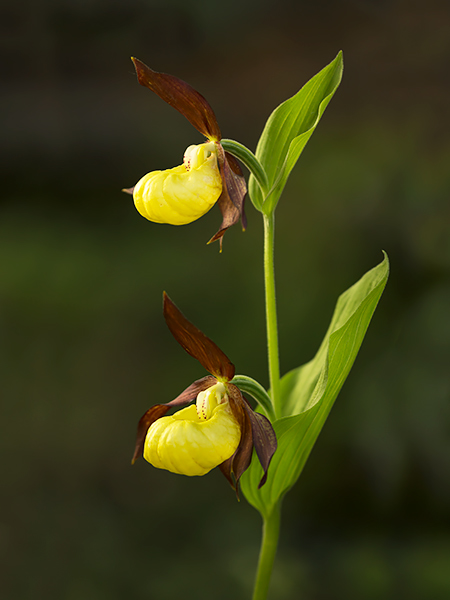 |
|||||||||||||
| Whist searching for Lady Slipper orchids we found some Calypso orchids which are reasonably common in some North American states where they are called "Fairy orchids" But this side of the Atlantic it's a different story, they are not found at all in Britain and are rare in Finland where they are a protected species. They only grow a few inches high and are very difficult to photograph. | |||||||||||||
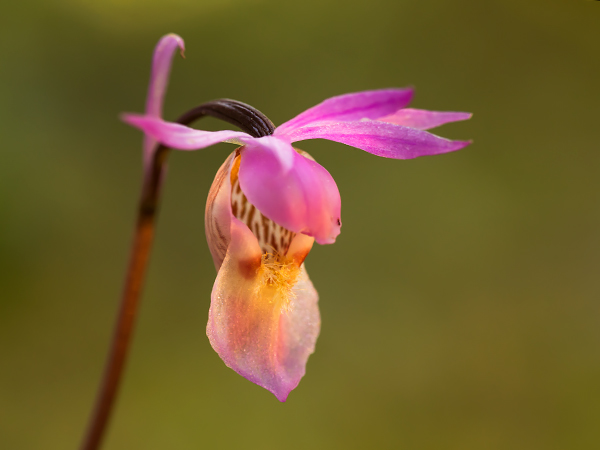 |
|||||||||||||
| Two other species which are not found in Britain are Hawk Owls and Tengmalms Owls, and we were really pleased to have the opportunity to photograph both of these species during our second week in Finland. | |||||||||||||
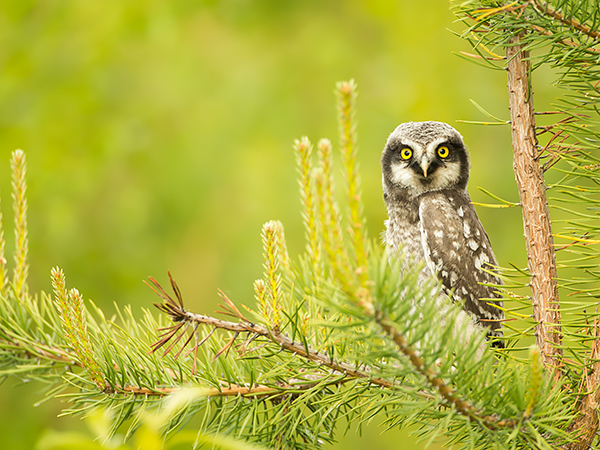 |
|||||||||||||
| above is Hawk Owl and below is Tengmalms owl. | |||||||||||||
|
|
|||||||||||||
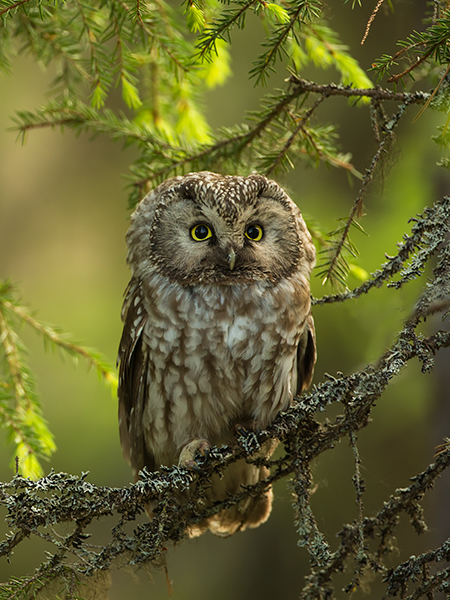 |
|||||||||||||
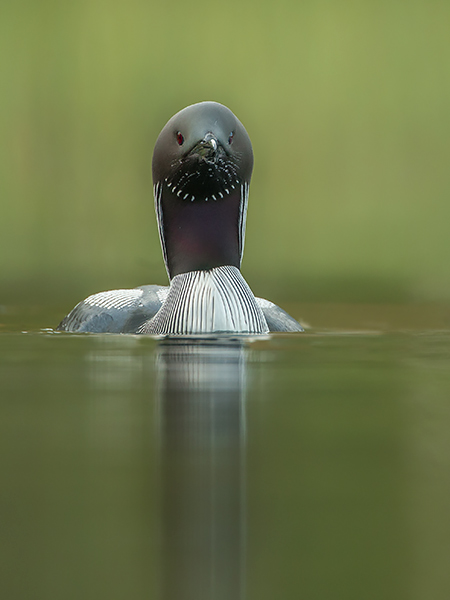 |
|||||||||||||
| Two more species which are hard to photograph in Britain but easier (rather than easy) to photograph in Finland are Black Throated Diver (above) and Osprey (below). We spent about three photography sessions with each of these great Northern species. | |||||||||||||
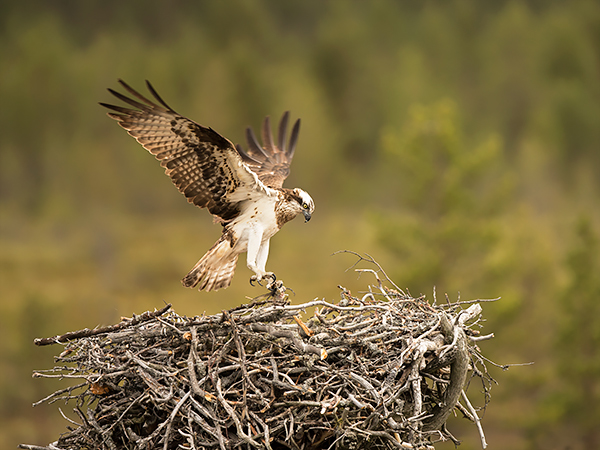 |
|||||||||||||
| In total I spent just under two weeks in Finland, during which time we saw some great species. It has taken me a long time to sort through them all and process them, indeed this is an ongoing process. But more images from Finland including more Bears, Owls, Black Throated Divers, and Ospreys will be added very soon. Many of which will have their own gallery pages. | |||||||||||||
|
|
|||||||||
| End Of June | |||||||||
| No Excuses | |||||||||
|
I have been meaning to update my blog much more frequently (at least monthly) and here we are with no update since mid May. Yes I have been busy, but busy taking images that should have found their way onto my webpages. No excuses, I should have kept the blog updated. Much of the past weeks has seen me busy with my macro lens taking images of flowers, butterflies, and dragonflies. i spent a very enjoyable four days in Southern England as well as several photo sessions nearer to home. Below is just a small selection of some of my new images during these visits. There are several reasons for so much macro photography at the moment. There is just so much of it to do this summer, it has been really good for wild flowers, and there are so many species which I want to photograph. Some of these are new species such as the White Heleborines which I saw for the first time in Dorset a few weeks ago and Privet Hawk moth which has been on my target list for some time. Whilst others are species where i wanted to photograph them again such as Elephant Hawk moths (photographed in my Leicestershire garden) and Adonis Blue butterfly photographed in Wiltshire.
|
|||||||||
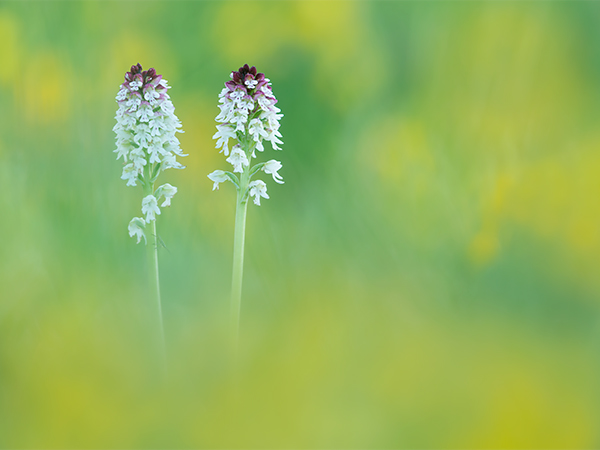 |
|||||||||
| Above is Burnt Tip Orchid whist below is Fragrant Orchids | |||||||||
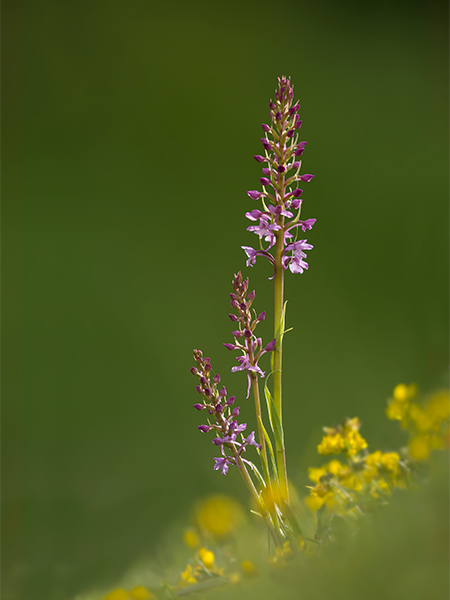 |
|||||||||
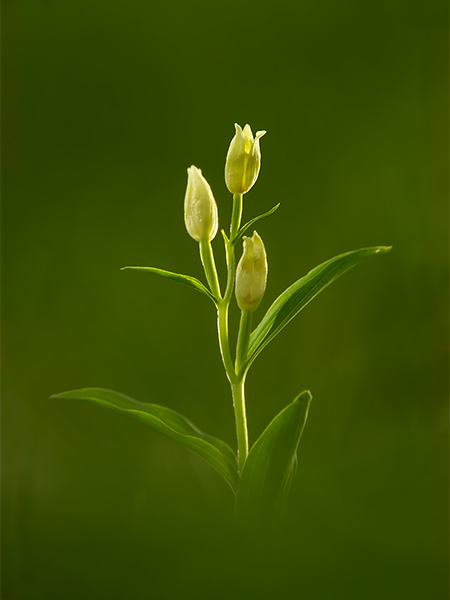 |
|||||||||
| above is a White Helleborine, a new species for me which was very pleasing to photograph. | |||||||||
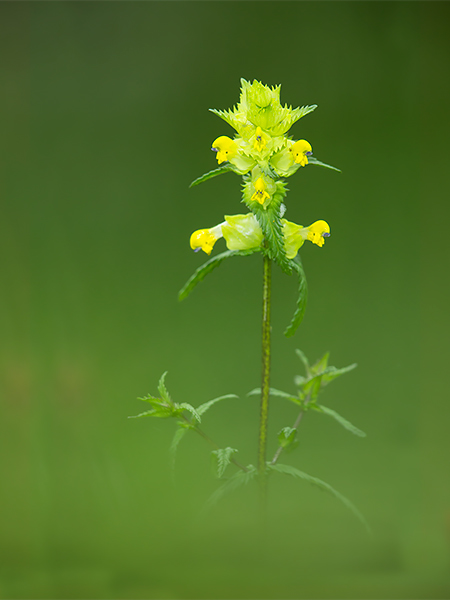 |
|||||||||
|
Above is Yellow Rattle (Named after the noise the seeds make in the wind in their seedhaeds) below is a Greater Butterfly orchid. both are commonly seen in our flower meadows this time of the year and were both photographed in Somerset. |
|||||||||
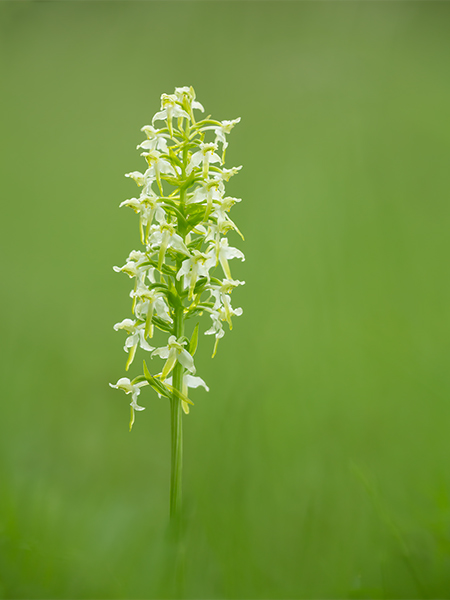 |
|||||||||
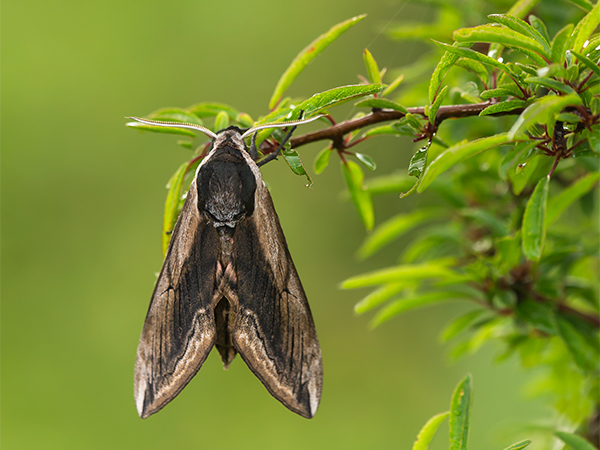 |
|||||||||
|
Two Hawk Moths both now have their own web pages which are found at: |
|||||||||
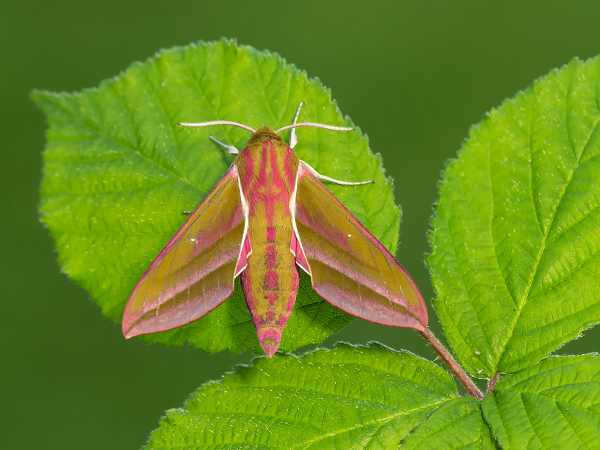 |
|||||||||
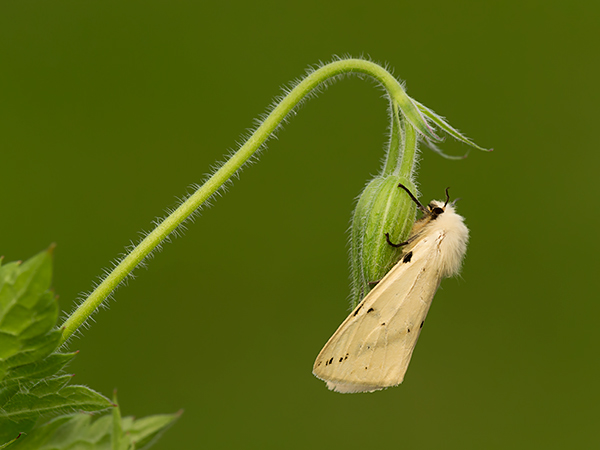 |
|||||||||
| Above is a Buff Ermine moth also photographed in my Leicestershire garden, and below is an Adonis Blue butterfly | |||||||||
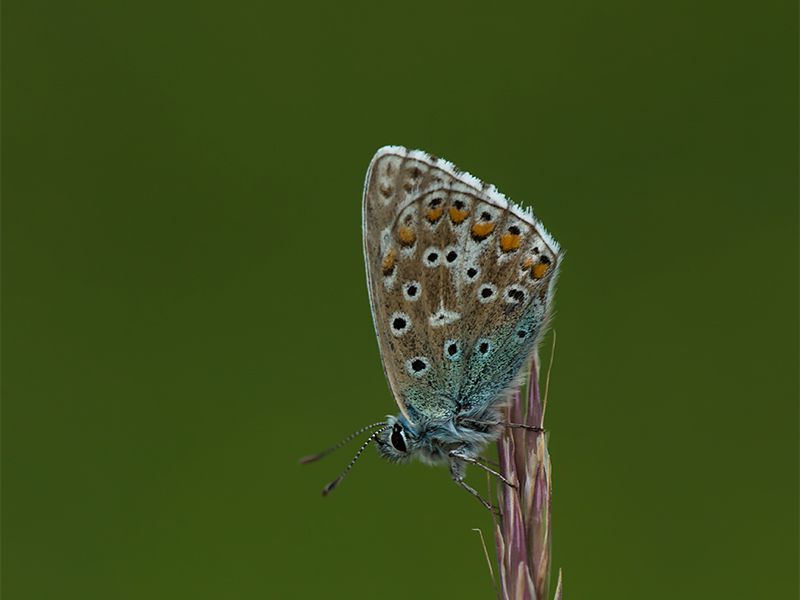 |
|||||||||
| My next trip out with my camera is to Finland in search of Owls, Divers, Osprey, and bears, but it will also include the hunt for a couple of elesive orchids with my macro lens. I hope to have an update online in the near future. | |||||||||
|
|
|||||||||
| 19th May | |||||||||
| Quick Update On Bulgarian Images | |||||||||
|
I dont often add a note because of new pages being added, but I decided to add a quick link to two more pages recently added as a result of my visit to Bulgaria a week ago. |
|||||||||
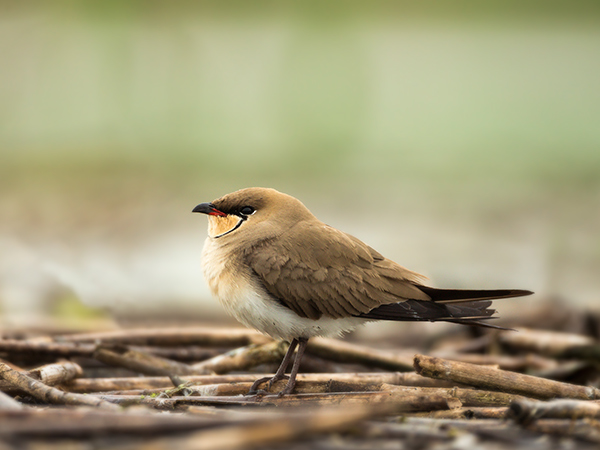 |
|||||||||
|
I am not a twitcher and I certainly dont drive many miles to tick off new bird species. I do have a target list of species that I would like to see, but I am also happy tp photograph a wide range of subjects in my travels. This approach often leads to getting some unexpected great species by being in the right place at the right time. Bulgaria was a good example of this where I saw three species of birds that I had not seen before and luckily they all came within good photographic range. The Collared Pratincole from my floating hide one morning. On the last day I also saw some Calandra Larks as we visited a couple of sites on the Black Sea coast on the last morning before we boarded our flight home. We also saw a few Pied Wheatear on the last morning. |
|||||||||
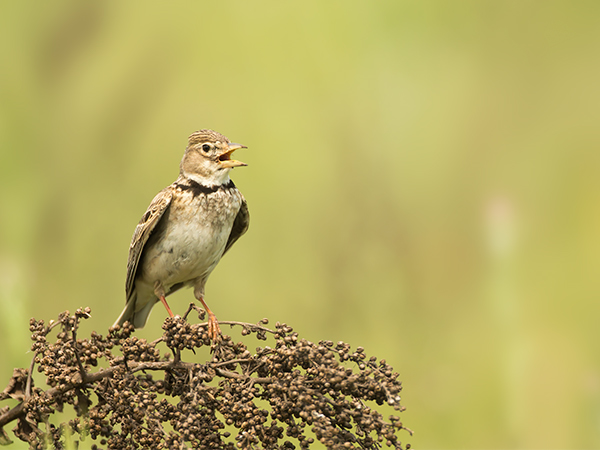 |
|||||||||
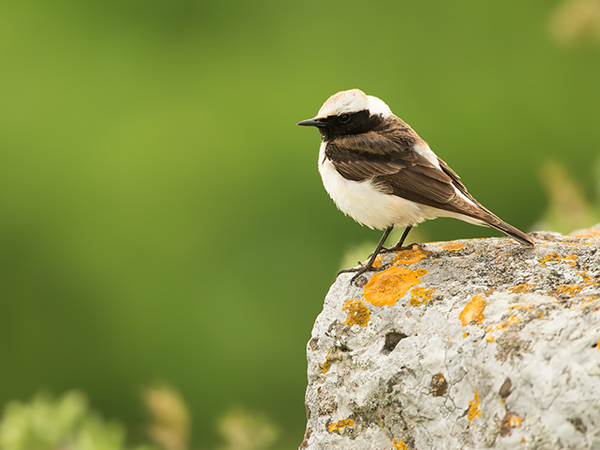 |
|||||||||
|
|
|||||||||
| 14th May - A Busy Month | |||||||||
| Floating Hides In Bulgaria | |||||||||
|
I am just back from a short visit to the Danube Delta region of Norther Bulgaria where I spent 5 days photographing some of the great wildlife the region has to offer. This was my third trip to Bulgaria and it is an area that has some great wildlife to offer the photographer. During the visit we saw many varied specIes including some rare birds, Fire Bellied Frogs, and some good flowers. our main target and the highlight of the trip was the sesions spent in floating hides, these were quite hard work as the water leave was high and we needed a wet suit and fins rather than the expected cheast waders. But the images were supurb and made the efforts worthwhile. I am still in the process of processing and sorting images, and hope to have several new pages added to the gallery and photostories in the near future. But in the meantime, here is a shot of a floating hide and some of the birds photographed during my time inside it. |
|||||||||
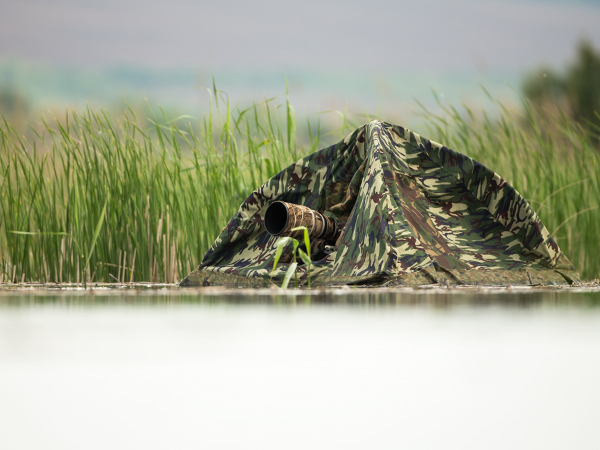 |
|||||||||
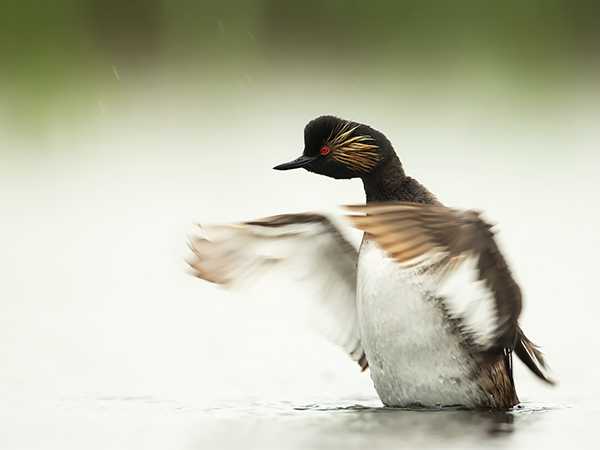 |
|||||||||
|
Two Grebe species in lovely breeding plumage above is a Black Necked Grebe and below is a Red Necked Grebe |
|||||||||
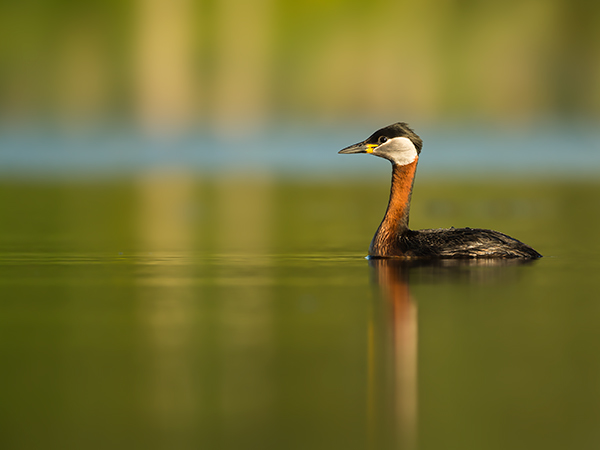 |
|||||||||
|
|
|||||||||
| 5th May - Another Bank Holiday website update | |||||||||
| Some Norfolk Hares To Start A Busy Few Months Of Wildlife Photography | |||||||||
|
May is always the start of a busy few months for wildlife photography and this year, May is no exception, shorly I will be visiting the Danube Delta and trying my luck photographing grebes in a floating hide. This will be a new experience which I am really looking forward to. But before I catch the plane to Bulgaria, I started May with a couple of days in Norfolk photographing Brown Hares. It is true to say that virtually all British mamamalls are shy and hard to photograph in the wild, and Brown Hares are no exception. I spent four sessions in a field waiting for these lovely animals to come into camera range. Some sessions I took barely an image, but other sessions were excellent and well worth the 5:00 start, as a result, I ended up taking about 1000 images of hares, phesants and rabits. I have whittled these down to about a dozen hare images which I am pleased with. |
|||||||||
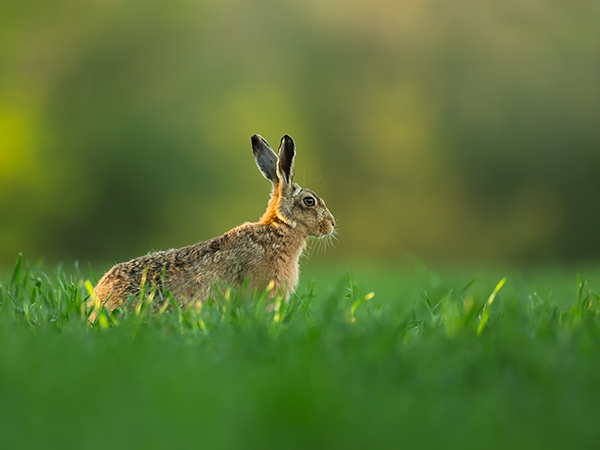 |
|||||||||
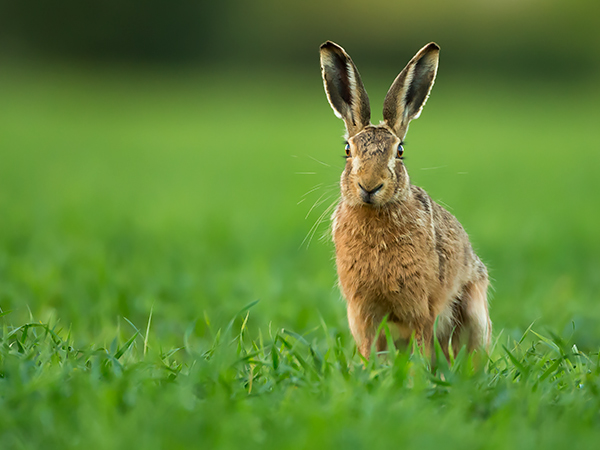 |
|||||||||
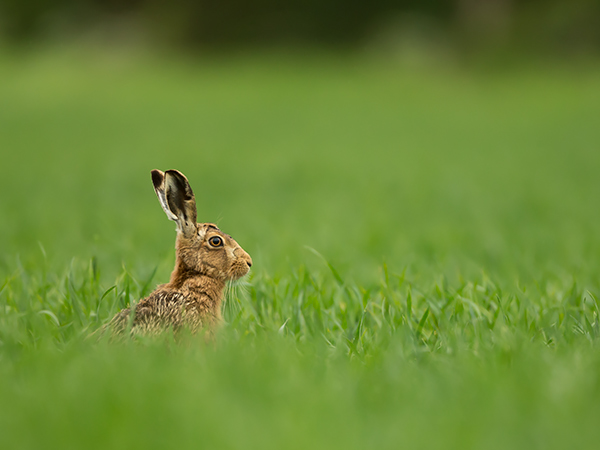 |
|||||||||
| I have added several images from this visit to Norfolk along with a few previous images into a Brown Hare webpage into my gallery, which can be found at the following link: Brown Hares | |||||||||
|
|||||||||
|
|
|||||||||
| 23rd April - St Georges Day | |||||||||
| A New Gallery Is Under Preperation | |||||||||
|
I am busy beavering away building web pages. I had been due to visit Finland, but due to a few things, it just didn't pan out. But thats wildlife photography for you. There is always another year and another subject. As it happens, I have another visit to Finland pencilled into my diary in a few months time, so there is always something to look forward to. In the meantime, I am building a gallery of my wild flower images which I hope to bring online in the next few weeks. It will have over 100 images and will be a mixture of both common and rare plants that I have been lucky enough to photograph over the past few years. In the meantime, below is an image of Ramsons which is one of the species of Wild Garlic which will feature in the new gallery. |
|||||||||
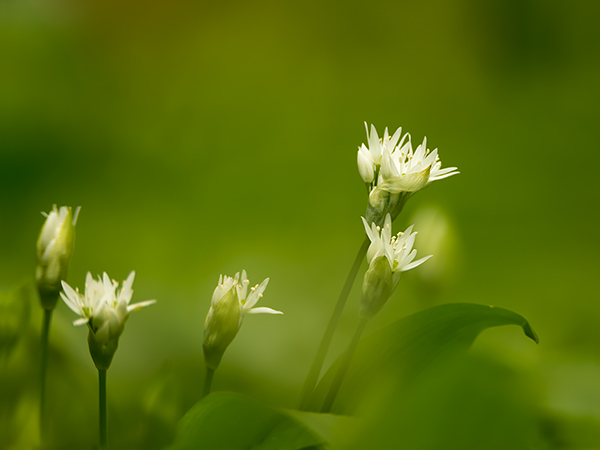 |
|||||||||
|
|
|||||||||
| Mid April | |||||||||
| Marathons, More Flowers, And Even A Butterfly! | |||||||||
|
It barely seems a few weeks since my last blog post. I really feel like congratulating myself for frequent updates considering how lax I have been previously been in years past. But thats enough self praise. A few weeks ago, Sue ran 26.2 miles of the London Marathon. A really great effort and also raising more than £2500 for Dogs For The Disabled which is a great charity. Everyone is rightly so proud, Well Done Sue. As a result, Sue and I decided to take a few days away and at short notice we booked three days in Tetbury in Gloucestershire. We ate big breakfasts, did some walking and I tried my hand at a bit more flower photography including these images below |
|||||||||
|
|||||||||
| Despite 2014 proving to be a great year for early butterflies with over half a dozen species seen so far, it took until 19th April until I got my first butterfly image of 2014 which was a male Orange Tip resting on Lady's Smock. | |||||||||
|
|
|||||||||
| Early April 2014 | |||||||||
| A Good Season For Wild Flowers? | |||||||||
| It is too early to say if it is a going to be a good season for wild flowers, but so far there are great numbers of flowers beginning to emerge. Indeed a visit to one of my favourite woodlands in Cambridgeshire saw literally millions of Wood Anemones in flower, much more than I have seen previously, it was a spectacular sight. A few weeks ago, the same site was covered in Snowdrops, and I guess in a few weeks time it will be a mixture of Bluebells and Wild Garlic. I obviously took several hundred images including these few below. | |||||||||
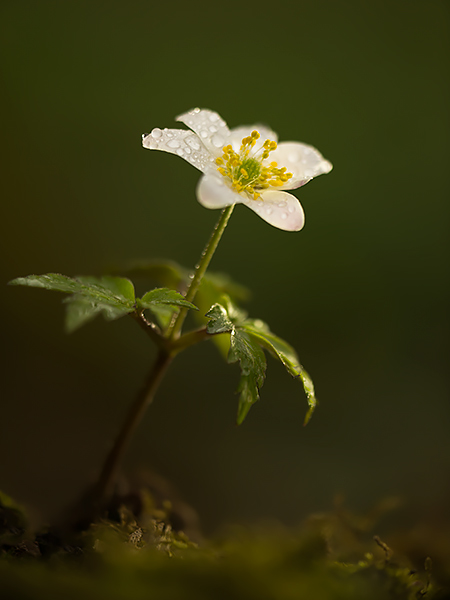 |
|||||||||
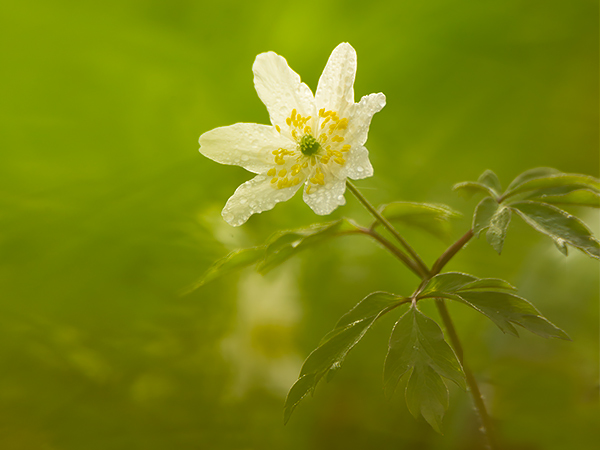 |
|||||||||
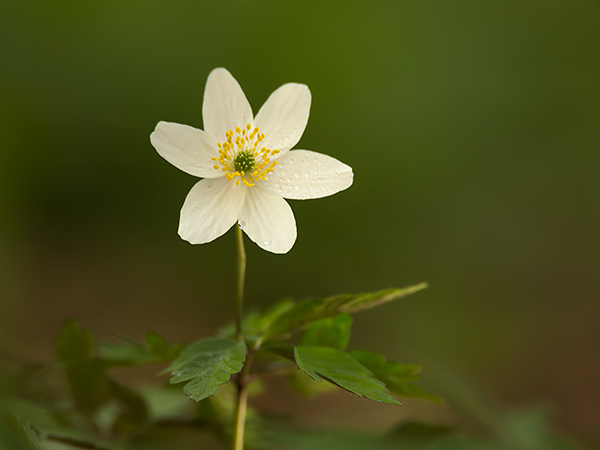 |
|||||||||
|
There also seems to be some good numbers of butterflies about, I haven't yet photographed any this year but have seen quite a few about and there seems to be plenty reported on a few of the butterfly websites which I view this time of the year. Hopefully these early signs are good, and it is going to be a very good macro year. Indeed I am hoping for a great macro year and as previously reported, i am looking at my macro target list and hope to gain several new species this year. I already have a few camera clubs who have booked my "British Wildlife in Macro" illustrated talk and a few more images over the next few months would help really bolster the way the talk develops. |
|||||||||
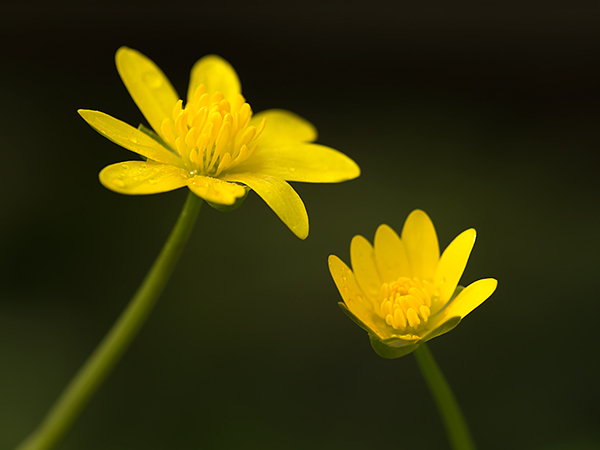 |
|||||||||
| above is Lesser Celendine and below Bluebells | |||||||||
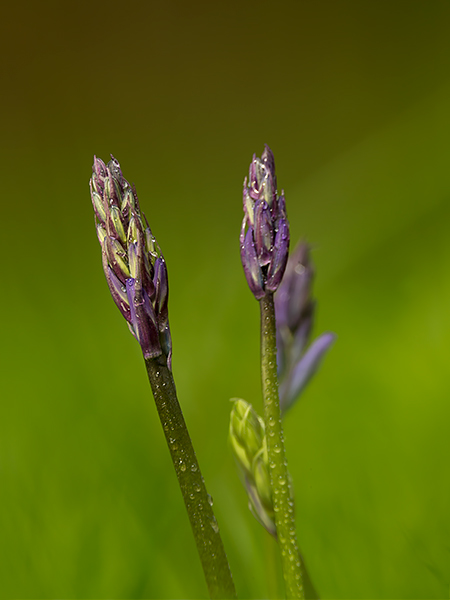 |
|||||||||
|
As is often the case, I was photographing with Ian Haskell who is another wildlife photographer who also loves shooting macro. On the way home from Cambridgeshire, Ian and I visited a new site that neither of us had previously visited in Rutland. the site was very wet and although we managed a few Violets and catkins, it was quite a bit behind a few other sites we have visited this year. One plant we encountered that was of interest was the Horsetail which is a damp loving tall plant when fully grown is very sci-fi in appearance and looks like it is best suited to ancient overgrown swamps. There are several different sub species of Horsetail occurring in Britain of this plant including about four sub species in Leicestershire, and further research is needed to identify which one this is. A further visit is also planned as it is probably worth taking some more images of these at different stages of growth. Horsetails are never going to be stunning examples of wildflower photography, but as hopefully this image below shows, they are certainly worth a repeat visit and getting a few more of different growth cycles. |
|||||||||
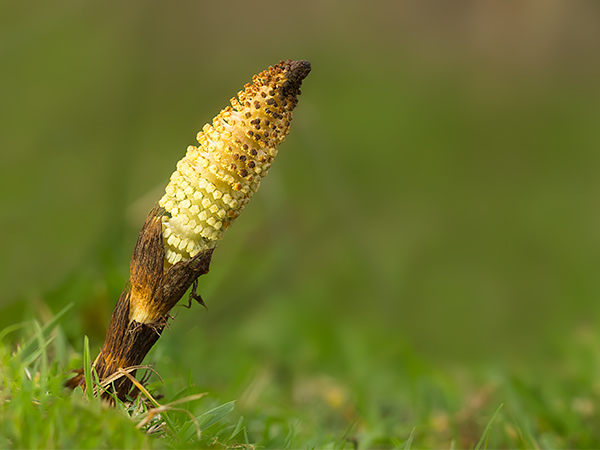 |
|||||||||
|
|
|||||||||
| End of March 2014 | |||||||||
| Another Month Flies By, As The Butterflies Also Begin To Fly | |||||||||
| Only a few days to go before we change the clocks and British Summer Time begins for another year. Whilst there is still a few weeks to go before I go out in search of butterflies, there have been a few days where I have seen a few butterflies on the wing. | |||||||||
|
A few weeks ago, I was in Ashby with Sue who was busy running a 20 mile road race in preparation for her London Marathon run which is now only a few weeks away, when I saw at least three species of butterfly. My first species of 2014 was a Brimstone with its distinctive yellow colour. Other species seen that day were Peacock and Small Tortoiseshell. I also saw the same three species in my garden a week later. As a result, I have started to pencil in a few days for butterfly photography during the next few months along with some orchids and other wild flowers. My target list for 2014 is quite varied, but Pearl Bordered Fritillary, several Hairstreaks, and Grizzled Skippers should all be within easy driving distance. Hoping for both Holly Blue and Orange Tip in the garden during the next few weeks if we get a few more warm days. Really hoping to get a trip further north as my High Brown Frit and Scotch Argus images are in need of improvement. AS always some more Swallowtails would also be good. |
|||||||||
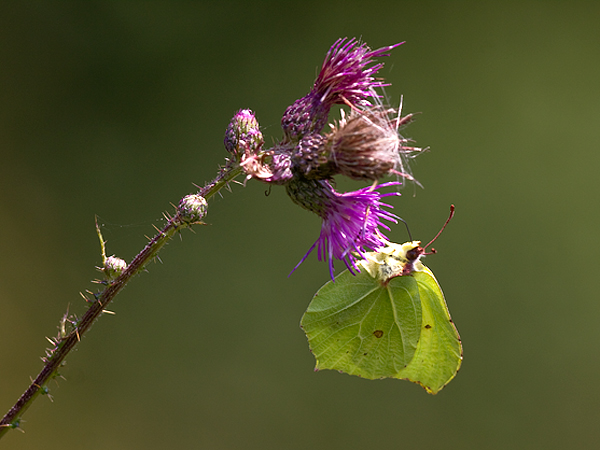 |
|||||||||
|
The Brimstone photo above was taken a few years ago, but this species is regularly the first species that I see each year and that was the case a few weeks ago for 2014. Below is a Silver Studded Blue butterfly taken last year on a visit to Prees Heath in Shropshire. I had previously processed them as TIFFs, but had not uploaded any onto my web page. As a result I now have added a few more images together onto a Silver Studded Blue Page. |
|||||||||
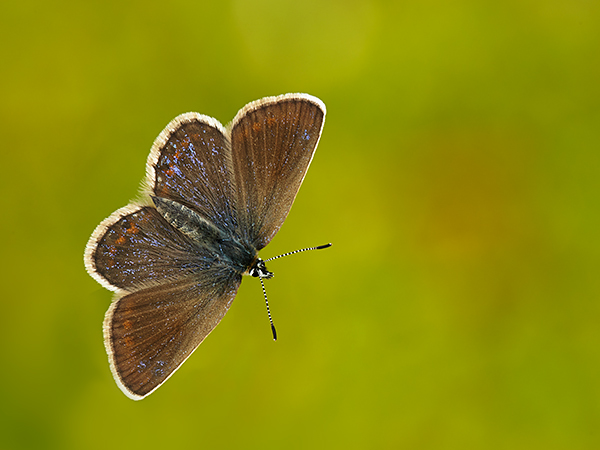 |
|||||||||
|
In the meantime, I am hoping to take some images of a few more flowers. My collection of wild flower images is much smaller than my butterflies and although there is a long list of species on my target list, I am more likely to go out and see which flowers that i can find and then try and build up some more images during the summer. The flower photography season is far from in full swing, but it is up and running and so far about 4 or 5 species have been taken this year including: Catkins, Snowdrops, Wood Anemones, and Primroses. I have a weekends flower photography booked in mid May in Dorset and i am hoping for some good species from the south coast. In the meantime I hope to get more practice in with more local species and many of these will be posted onto both my gallery and blog pages. But if I was to list any targets, then I would need to go north as the species that I would really like to photograph is the Lady Slipper orchid. Not sure if this will happen in 2014, but it will remain near the top of my on my British target list of all wild photography and not just flowers. Lady Slipper is joint top of my British targets with Corncrake and Dartford Warbler, but I don't expect these will happen this year. Looks like it is time to make plans for 2015 already !!!! |
|||||||||
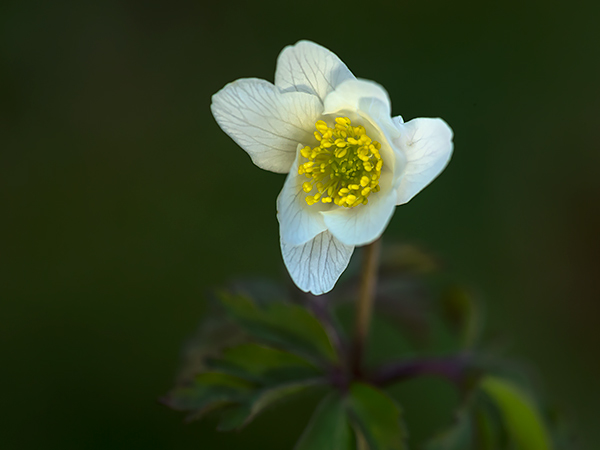 |
|||||||||
| Above Wood Anemone, and below Primrose, both photographed during the past few weeks. one with my specialist macro lens, and the other with the long lens technique. | |||||||||
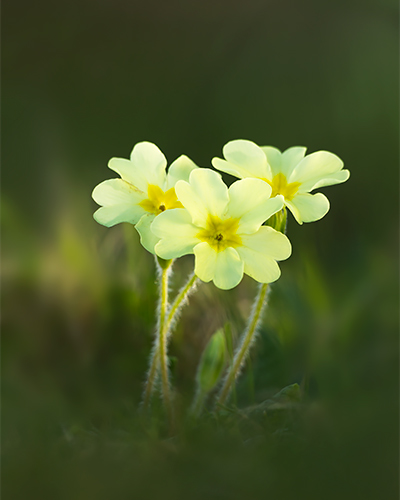 |
|||||||||
|
|
|||||||||
| End of February 2014 | |||||||||
| Two Of Scotlands Finest | |||||||||
|
There is a huge amount of great wildlife in Scotland, and if anyone was asked to pick a top ten, then it would probably include the following: Capercaillie, Golden Eagle, Osprey, Otter, Red squirrel, Pine Marten, and several other species. Although that is already six of the ten species taken, two other species that would probably make it into the top ten would include Ptarmigan and Mountain Hare. Sue and I have just returned from a week in Speyside where we had some very mixed weather. As is often the case in Scotland, we encountered, lovely blue skies, rain, below freezing temperatures, and snow all in the space of a few short hours. As a result we did a wide range of activities during the week, but still managed to include three mountain days. As well as enjoyable walks, the targets of these mountain days was Snow Buntings, Ptarmigan, and Mountain Hare. We saw a few Snow Buntings but only at quite a distance and we certainly did not get the opportunity to photograph any. |
|||||||||
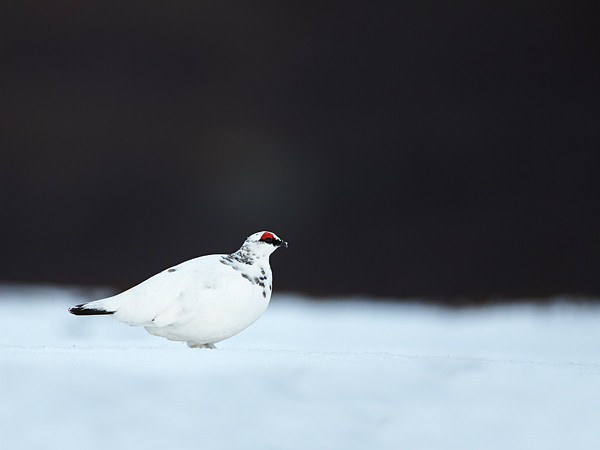 |
|||||||||
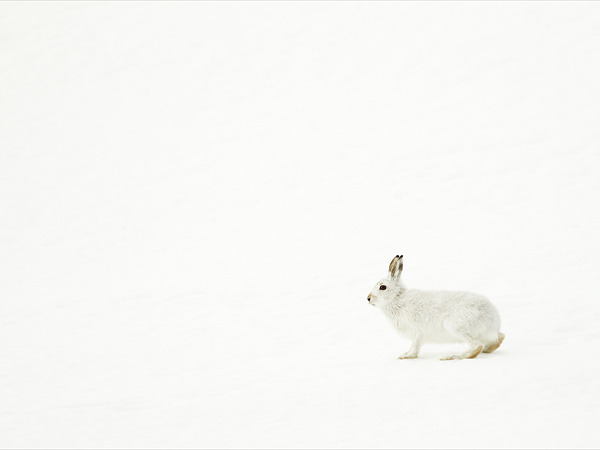 |
|||||||||
|
Both Mountain Hare and Ptarmigan are not easy subjects to find, yet alone photograph. During these three days, we had mixed wildlife activity. A very quiet first walk other than a single Mountain Hare running away at speed. The second walk was better and we saw seven Ptarmigan along with a couple of Mountain Hares. On our final walk saw a few distant red deer and about 20 Mountain Hares, some of which were great "sitters" more than willing to pose for the camera. All of the wildlife that Sue and I found during the week was "self found", it is always a nice feeling finding your own animals and birds. But However, I must also give a big thank you to a few people who gave us some good hints and tips about where to look for the Mountain hares. |
|||||||||
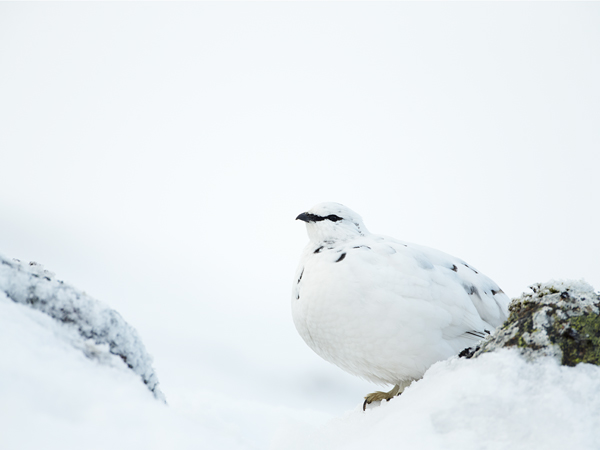 |
|||||||||
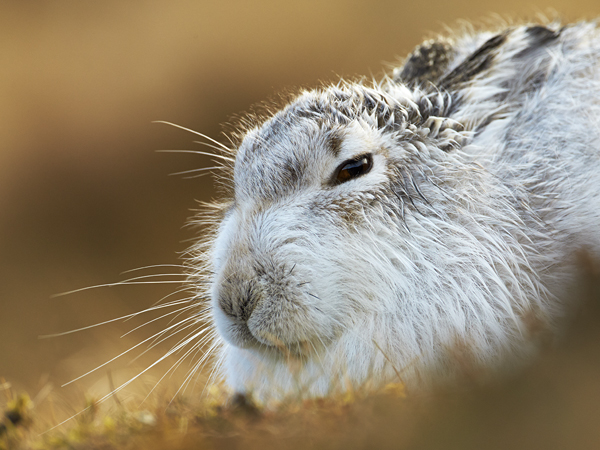 |
|||||||||
| The more you watch the behaviour of most species of wildlife, the more you understand them and the more interesting it becomes. The same is true of taking images, the more images you take of some species, the more you want to add something different into your collection. It is probably no surprise to anyone, that I am already looking forward to my next winter visit to Scotland as I would really love to add more images of these two great species into my collection. | |||||||||
|
More images of these can be seen in gallery using the following links: Mountain Hare and Ptarmigan |
|||||||||
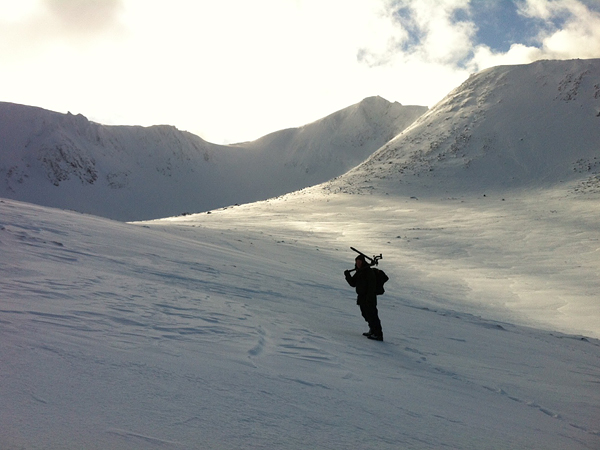 |
|||||||||
| The above image shows me carrying my tripod and camera bag whilst walking up to Corie an t-Sneachda which is west of Cairngorm. The image was taken by Sue on her iPhone whilst we were searching for Ptarmigan. | |||||||||
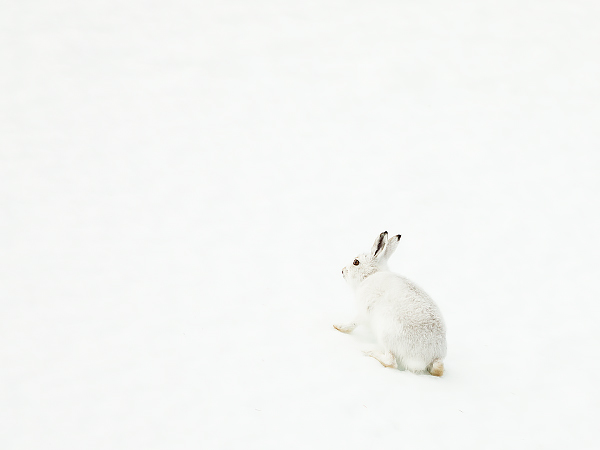 |
|||||||||
|
|
|||||||||
| Mid February 2014 |
| My First Flower Images Of 2014 |
|
After a six month wait, the macro lens comes out of the camera bag again. Everyone who knows me and my photography, will know that one think that I really enjoy is macro photography. It is also true to say that each year I try and photograph a few early flowers as soon as possible to try and kick start the macro season. This year its been exceptionally windy and wet and other than a morning with some very wet Red Grouse a few weeks ago, I haven't done any UK photography of any description for many months (just as well I managed some Polar Bears and some Pelicans over the past four months). But the days are starting to get longer and the traditional first flowers of the year are starting to arrive, there are plenty of Snowdrops about at the moment and I hope to try for some of these images in the near future. In the meantime, here is a Winter Aconite, my first macro image of 2014. |
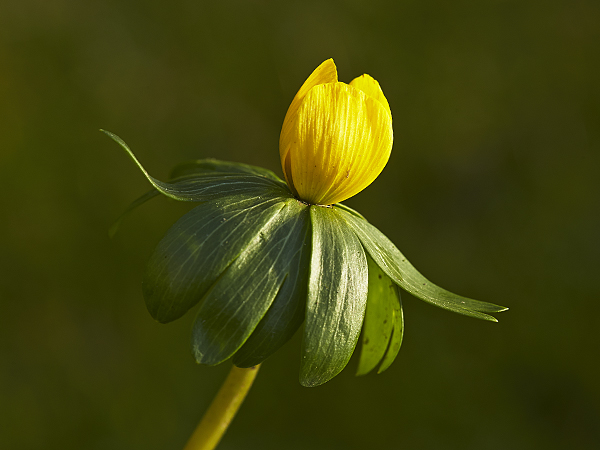 |
|
Hopefully this is the start of a long macro season lasting right through the Orchids and butterflies and on to the Fungi in October. I am really looking forward to targeting some macro images in the months ahead. I have also agreed to do a talk on Macro photography for one of my local camera clubs in November, so a bit more material to add to the collection will certainly help. |
|
|
| End of January |
| Dalmatian Pelicans and Nutcrackers |
| I have just returned from a long weekend in Bulgaria and Greece chasing two species of European birds. The first was the Dalmatian Pelican which is found in good numbers on Lake Kerkini in Greece. This lake is close to the Bulgarian border has become a well known hotspot for these birds in recent years, with a bit of patience images of them in all sorts of poses from portraits, close ups, feeding, to flying can be achieved. |
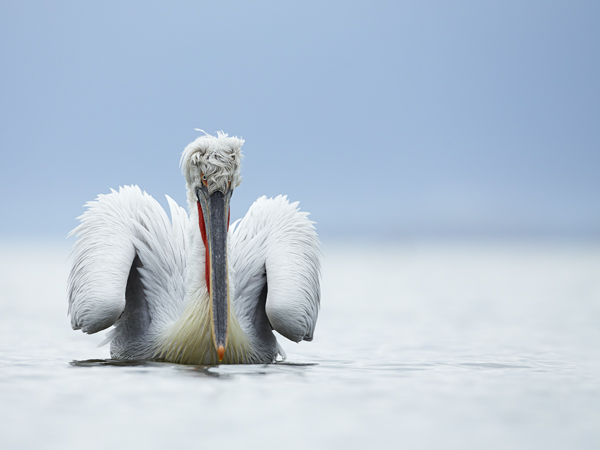 |
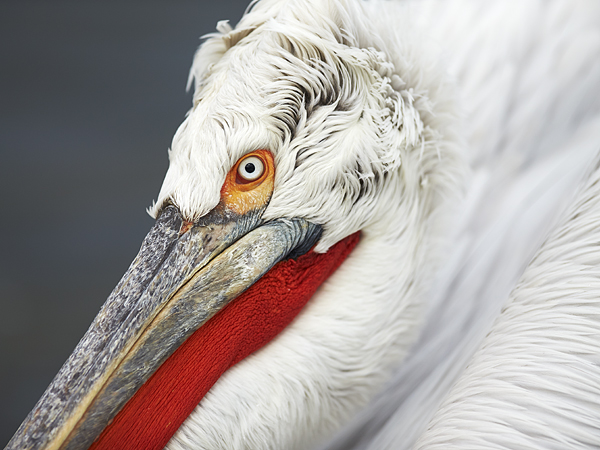 |
|
The second species targeted during this brief weekend visit was the Eurasian Nutcracker, this is a much less well known bird. There are two species of Nutcracker worldwide, and the Eurasian is found in the conifous forests of Europe, it is about 32 cm long and about the same size as a Jay. As well as its European range, it is also found in Asia as far as the Himalaya and Japan. This is the second time that I have seen Nutcrackers having previously seen them in March 2009 in Sweden. |
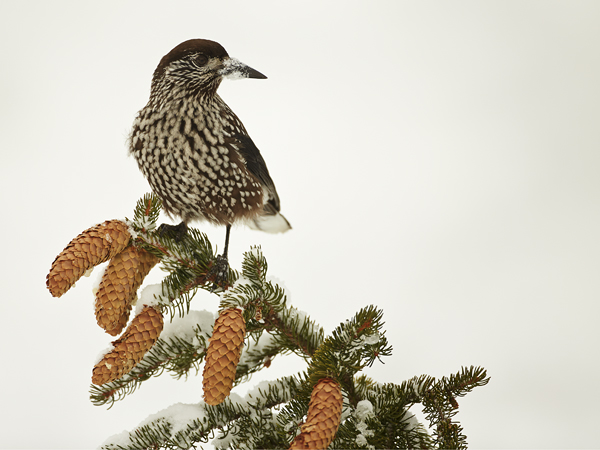 |
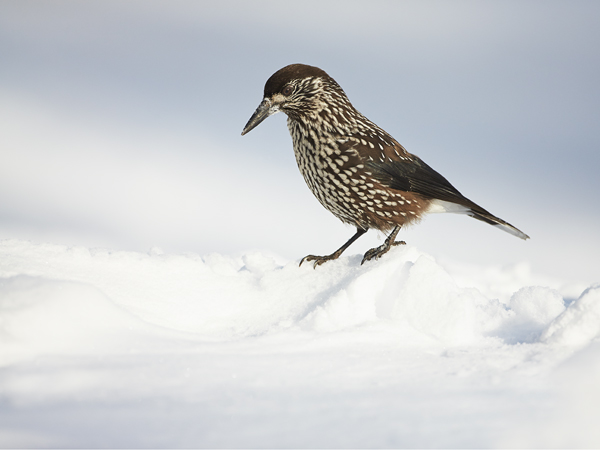 |
|
I have also added two pages in my gallery for these great species: |
|
|
| 21st January 2014 |
| The Rain Keeps Falling |
|
If you look out of the window, or look at the news, it is hard to escape the fact that so far 2014 has been a year of what seems like never ending rain. Indeed many important wildlife areas such as the North Norfolk coast has suffered due the huge floods due to the sheer volume of rain recently. I have been fairly busy on other bits this year and not had the chance to get out much with my camera, but even if I had then the rain would have been a factor. As it happens, I quite like photographing in bad weather and I enjoy the challenge of taking pictures in both snow and rain is actually quite fun (provided of course that you remain relatively dry yourself) I had a weekend in the diary booked with my friend Kevin Bedford, and it was great to spend a weekend with him and Elaine in Yorkshire despite the low cloud and very wet grey weather. This was a very long way from ideal conditions for photography we ventured out in the rain to Kevins secret Red Grouse location in the Yorkshire Moors. |
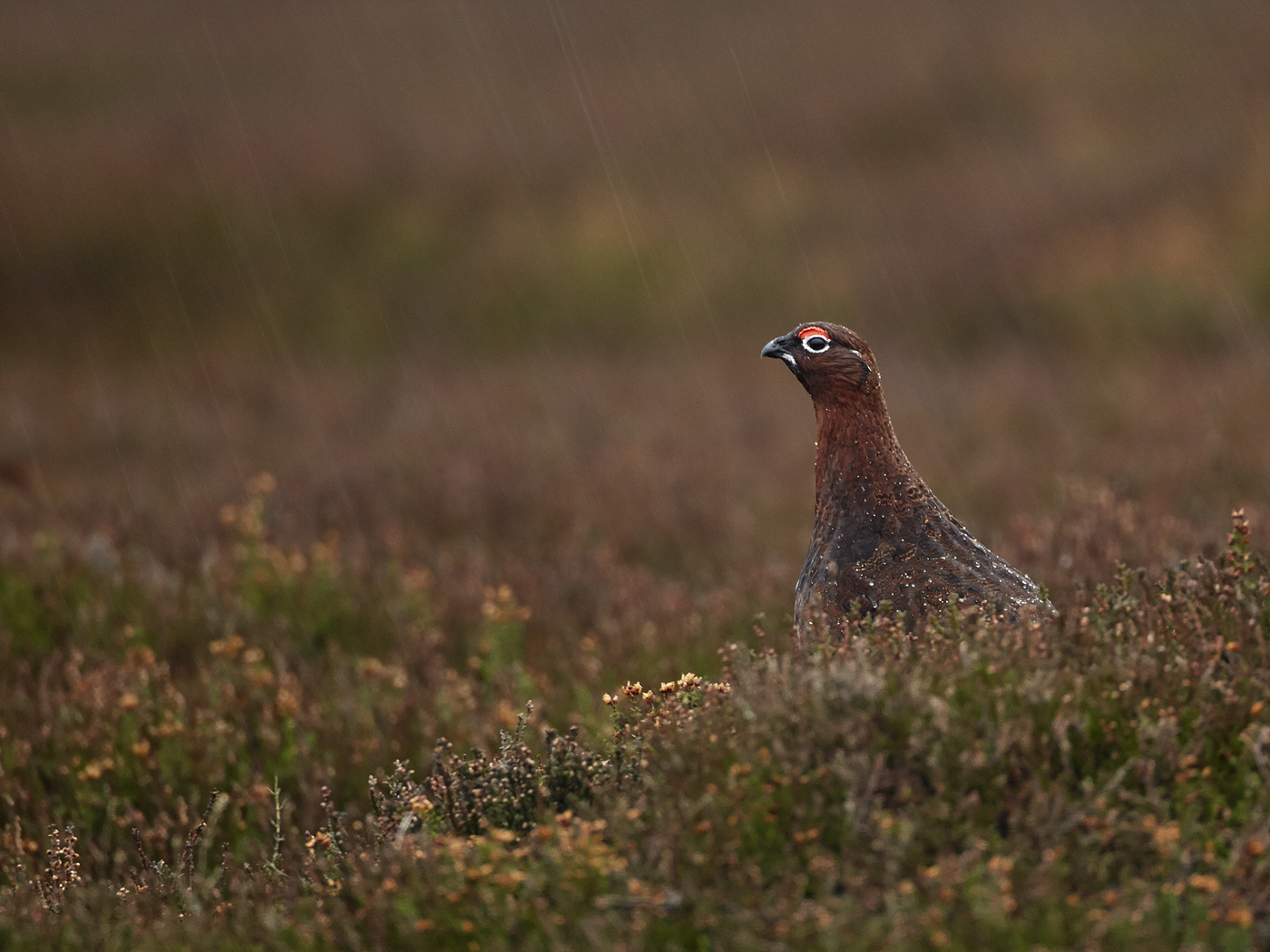 |
| The way to achieve success in the rain is to choose a background that is dark along with a slow shutter speed to try and freeze the rain. This has happened much more on the original image and has been lost in the compression for this small web sized image. But as it was so dark, even at an ISO of 1600, I could only mange about 1/30th Second with the lens at 5.6 which did freeze the rain. |
|
|
| Early January 2014 |
| A Happy New Year And Planing For Some Scottish Wildlife |
| Well here we are in 2014, I hope it's going to be another good year for everyone. Let me start by wishing you a Happy and Healthy New Year. |
|
As I mentioned in a previous post, I am still making plans for 2014. Since then, I have now made a booking for Scottish trip for Sue and myself in Speyside in February. We are both looking forward to getting out into the fresh air again, hopefully with some good snow and some good photographic light. We are really hoping to find some Snow Buntings, Ptarmigan, Red Squirrels, and whatever Scottish species we can find. If I had just one target, I guess it would be Mountain Hares with a lovely white coat, but they can be hard to find, yet alone photograph. We will be taking Ice Axes, Crampons, and plenty of cold weather gear, you never know we may even do another Munro whilst in the area !!!!. It all depends on time, weather and whatever we feel like doing. I have previously climbed 177 of the 284 Munros (I would like to do another 8 as only 99 left to climb sounds so much better than 107 left to do...) Sue is only a few behind me and catching up fast, any long sessions walking that we do will be good training for her run in the London Marathon which will only be about a month after we get home. Therefore a walk up onto the Cairngorm plateau looking for some more Ptarmigan to photograph sounds like a good plan if we get some good weather days. |
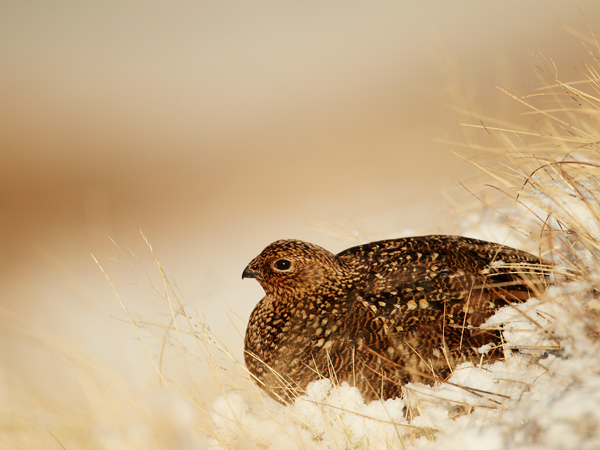 |
| In the meantime, here is a Red Grouse above was taken a couple of years ago in Scotland in January, and we will be happy to get a few more images of Red Grouse. |
| To view my older blog posts - please use the links on the left below "Blog" in the menu. |
|
|
| Blog History |
|
I used to keep an active blog on my old Website and one of the things I am very keen to do is to get back in that habit and update this blog at least once a month and often more. Please revisit and keep an eye on what I have been up to along with my thoughts. |
